Anime 101: 5 Questions Every Non-Fan Wants Answered
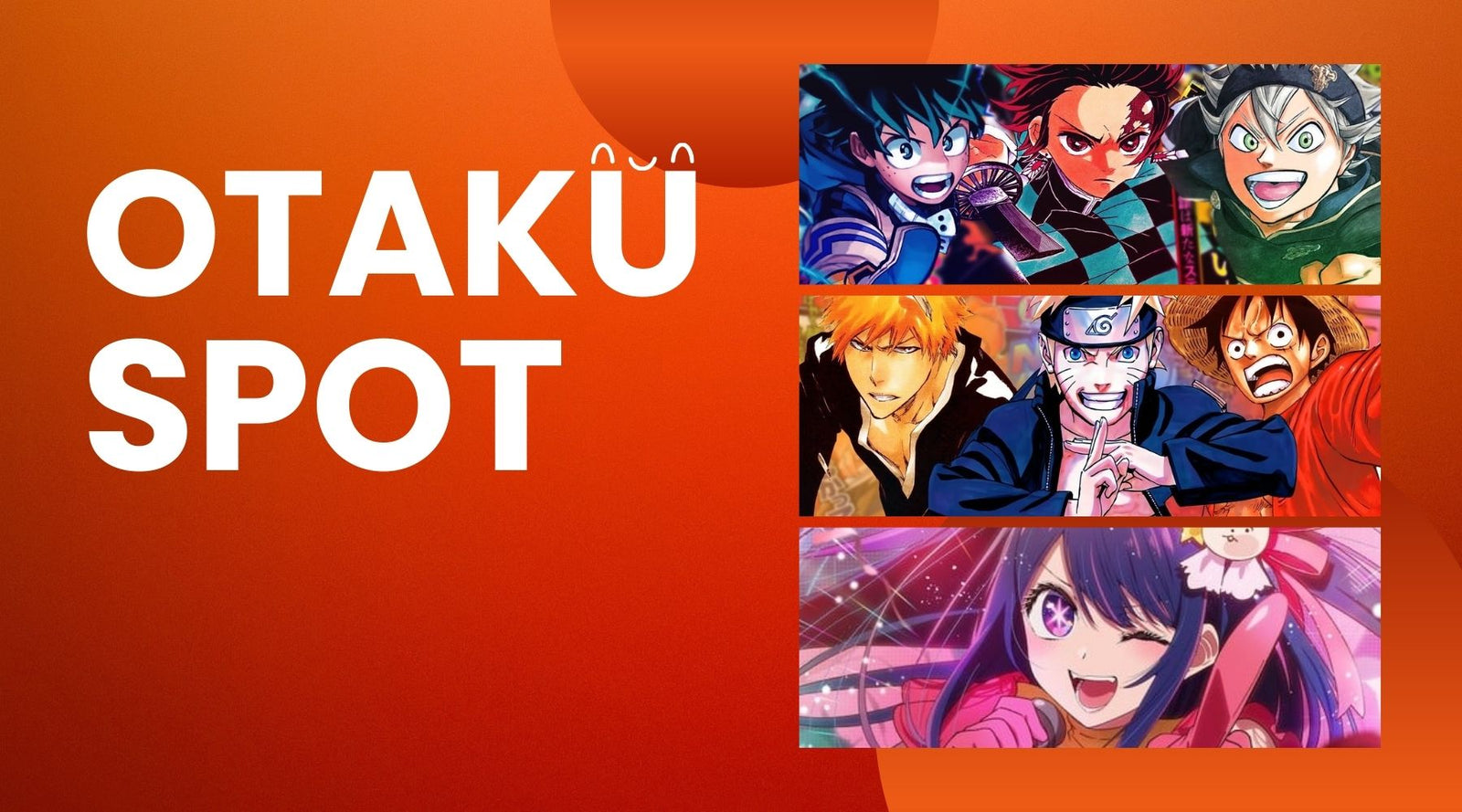
Anime, once a niche passion nestled in the world of geek culture, has exploded into the mainstream over recent decades. This growth stems from several factors, including the proliferation of streaming platforms, the captivating storytelling, and the spread of Japanese pop culture across the globe. Netflix, Crunchyroll, and Amazon Prime have been instrumental in making anime more accessible to international audiences. According to (BCC Research), the globalization of anime has been significantly boosted by advancements in technology and increased distribution channels.
With anime's surge in popularity, it's no wonder that non-fans are starting to get curious. You may have noticed friends exchanging tips on the latest "must-watch" series or seen anime memes flooding your social media feeds. Perhaps you've stumbled upon conventions where cosplayers proudly display their love for their favorite characters. This curiosity mostly springs from wanting to understand what makes animation from Japan so special and different from Western cartoons. The vibrant art styles, complex narratives, and unique cultural elements contribute to an allure that's hard to resist once you start exploring.
Now, why should we care about understanding anime? Simply put, diving into anime without some basic knowledge can feel like walking into a movie halfway through—you might catch the story, but you’ll miss the nuances. Knowing a bit about anime can help you navigate its vast and diverse world more effectively. For example, understanding that "Shonen” is targeted toward young males while "Shoujo" is aimed at young females sets the stage for choosing shows that resonate with your interests. Deciphering genres and recognizing stylistic elements unique to anime can enhance your viewing experience, making it more enjoyable and less disorienting.
Moreover, understanding the context and cultural nuances embedded in anime can provide deeper insights into Japanese culture. Storylines often incorporate traditional folklore, societal norms, and even historical elements, revealing layers that might otherwise go unnoticed. By learning the basics, you’re not just watching animation; you're peering into a vibrant, dynamic aspect of global culture.
And hey, embracing the world of anime could make you the coolest cat in the room. Imagine impressing your friends with your profound knowledge of Studio Ghibli films or recommending under-the-radar gems that leave them awestruck. It’s not just about fitting in; it's about joining in a global conversation around storytelling that transcends borders.
So, grab your popcorn (or perhaps some sushi) and get ready to dive into the exciting world of anime. Up next, we’ll unpack what exactly defines anime and how it differs from Western cartoons. You're in for a fascinating ride!
What Exactly is Anime?
Anime is the cool, vibrant cousin of traditional animation, hailing from Japan. The term "anime" is actually derived from the Japanese word "animēshon," which is a direct borrowing from the English word "animation"[1]. You see anime plastered across everything from TV screens to billboards, but remember, not all animation is anime. In Japan, "anime" refers to any animated work regardless of origin, but outside Japan, it's specifically used for Japanese animation[2].
If you're picturing Bugs Bunny next to Naruto, you're already imagining why comparisons are a bit, well, harebrained. Anime differs from Western cartoons in several ways:
-
Art Style: Anime typically involves hand-drawn elements and focuses on intricate designs, whereas Western animation has been leaning towards 3D animation in recent years[3]. This might sound like an art lecture, but bear with me.
-
Themes: Western cartoons often stick to light-hearted and family-friendly themes. In contrast, anime isn't afraid to dive into the deep end. Dark, mature themes? Check. Philosophical quandaries? You bet. Sci-fi drama that makes you question your existence? Absolutely[4].
-
Expressions and Emotions: Anime characters come with exaggerated facial expressions and remarkable vocal performances, which provide a dramatic flair rarely seen in Western animation[5].
Anime is a chameleon when it comes to themes and target audiences. It covers such a wide range of genres and demographics that it's practically tailor-made for everybody. Here's a quick tour through the kaleidoscope of anime themes:
-
Action and Adventure: Think of "Naruto" or "One Piece," where battles span episodes and worlds are as expansive as your imagination[6].
-
Romance and Drama: Prepare tissues while watching the love stories in "Clannad" or "Your Lie in April."
-
Horror: Brace yourself for spine-tingling experiences provided by series such as "Tokyo Ghoul" or "Paranoia Agent."
Anime creators are not confined to one target audience. They craft stories for everyone from little kids to full-grown adults:
-
Kids (Kodomomuke): Shows like "Doraemon" cater to little bean sprouts.
-
Teens (Shonen and Shoujo): "Dragon Ball" for teenage boys (Shonen) and "Sailor Moon" for teenage girls (Shoujo).
-
Adults (Seinen and Josei): More mature content in "Ghost in the Shell" for men (Seinen) and "Nana" for women (Josei)[7].
The connection to Japanese culture isn't just surface-level. These shows delve deep into societal issues, historical narratives, and even globalization[8]. It's not just about flashy animation; it's about rich storytelling that resonates across the globe.
Anime is a vast, colorful universe waiting to be explored. So, if you've ever shrugged off the idea of watching anime because you thought it was just cartoons, consider this your formal invite to a world of endless genres and styles. Just pick one and dive in—you won't be disappointed.
What Are the Main Types of Anime?
Anime isn't just a one-size-fits-all deal; there's a flavor for everyone! Understanding the main types of anime can help you dive into this vibrant world tailored to different audiences. So let's break down these categories and see what makes each one unique.
Kodomomuke
Starting off with the tiniest tots, we have Kodomomuke. This type of anime is aimed at children under the age of 12 and often comes with moralistic tales and vibrant, colorful animation. The stories are simple, filled with adventure, comedy, and sometimes a bit of fantasy to keep the young ones engaged.
Popular Examples:
-
Pokémon
-
Doraemon
-
Digimon Adventures
-
Beyblade series
-
Yo-Kai Watch
Shonen
Next up, we have Shonen, the most popular anime type. Literally meaning "boy," Shonen targets teenage boys, roughly between 12 and 18 years old, but is enjoyed by girls too. Shonen anime typically feature a male protagonist on an adventurous quest, often surrounded by action, drama, and themes like friendship and family. Think energetic shows that keep you at the edge of your seat.
Popular Examples:
-
Naruto
-
One Piece
-
Bleach
-
Dragon Ball series
-
Hunter x Hunter
Shoujo
Shoujo, meaning "girl," is tailored for young females aged 12 to 18. Shoujo anime explore themes of romance and drama, usually starring a female protagonist navigating through life's emotional rollercoasters. These stories often come with a strong focus on romantic relationships and self-discovery, wrapped in gorgeous art styles that reflect their delicate themes.
Popular Examples:
-
Fruits Basket
-
Sailor Moon
-
Violet Evergarden
-
Banana Fish
-
Kaichou wa Maid-sama!
Seinen
For the grown-up crowd, we have Seinen, targeting adult men aged 18 and above. These anime dig into more mature themes like violence, psychological drama, and even erotic content. Seinen anime don't have the story restrictions that Shonen does, offering complex plots that explore the darker sides of life.
Popular Examples:
-
Berserk
-
Vagabond
-
Vinland Saga
-
Monster
-
Kaguya-sama: Love is War – Ultra Romantic
Josei
Last but not least, Josei takes the limelight, aimed at adult women. Josei anime are the mature counterpart to Shoujo, diving deeper into realistic portrayals of women’s lives, their relationships, and the challenges they face. These stories often display a nuanced approach to romance, sometimes including LGBTQ+ narratives, making them relatable to a wide audience.
Popular Examples:
-
Descending Stories: Showa Genroku Rakugo Shinju
-
Usagi Drop
-
Princess Jellyfish
-
Chihayafuru
-
Kids on the Slope
Each of these categories provides a unique lens through which diverse and captivating stories are told. They offer something for everyone—whether you're an aspiring hero in need of a riveting journey or seeking nuanced narratives of adult life.
With this cheat sheet in hand, you should feel more confident navigating the anime world and finding what suits your taste the best.
How Many Genres Exist in Anime?
If there's one thing anime doesn't lack, it's variety. Just like a buffet at your favorite restaurant, anime offers an overwhelming number of genres to satisfy every possible taste. With over 40 genres and countless subgenres, it's a veritable smorgasbord of storytelling styles and themes (Biowars). From action-packed adventures to heart-fluttering romances to head-spinning psychological dramas, there's truly something for everyone.
Let's dive into some of the most popular genres you might encounter:
Action
Anime action is not for the faint of heart. Shows like Dragon Ball and Naruto are packed with high-octane battles and jaw-dropping sequences that would make even Michael Bay blush (Times of India).
Romance
Series like Fruits Basket or Your Lie in April bring out the softer side of anime, focusing on love stories that tug at the heartstrings (Times of India).
Comedy
If you're looking for a good laugh, comedic anime like Ouran High School Host Club or KonoSuba offer a buffet of humor and ridiculous situations that never fail to amuse (Times of India).
Anime isn’t just about repurposing the usual genres you see in Western media—it's an entirely different beast with some truly unique genres that might just blow your mind.
Mecha
Ah, the mecha genre, the glorious intersection of giant robots and human drama. If you've ever wanted to see skyscraper-sized machines duke it out, shows like Mobile Suit Gundam and Neon Genesis Evangelion are your go-to (Biowars).
Isekai
The isekai genre involves characters being transported to another world, often with fantasy elements. Iconic titles like Sword Art Online and Re:Zero are quintessential examples, exploring themes of adventure, survival, and sometimes, comedy (Gamerant).
Slice of Life
Shows in this genre take a laid-back approach, focusing on the everyday lives of characters. This genre includes gems like Clannad and March Comes in Like a Lion, which delve into the beauty and struggles of ordinary life (Hindustan Times).
Psychological
Psychological anime takes you on a deep dive into the human psyche, exploring complex characters and intense plots. Death Note and Psycho-Pass are shining examples of this genre, often leaving viewers with more questions than answers (Times of India).
Anime genres are as varied as they are plentiful, encompassing everything from the mundane to the fantastical. While the range might seem overwhelming at first, it guarantees one thing: there's an anime out there for everyone, no matter your tastes or preferences.
Why Does Anime Sometimes Seem Weird or Unusual?
Now, if you've ever watched an anime and thought, "Wait a minute, what did I just see?" you're not alone. Western viewers often find anime quirky, and that's largely thanks to cultural differences between Japan and the West. Japan has its own unique set of storytelling conventions and humor that might seem odd to outsiders. For example, unlike Western narratives that often follow a clear-cut three-act structure, Japanese stories can take more meandering paths. This distinctive approach can make anime feel like a fresh breath of air—or a confusing whirlwind, depending on your point of view.
Japanese humor, too, tends to differ from what you'd see in a typical Western sitcom. While slapstick and puns are common worldwide, anime often incorporates specific types of humor like "tsukkomi and boke" (a comedic duo with one person being the straight man and the other the fool) which might not translate well. The cultural contexts behind these jokes add an extra layer of complexity that might leave you scratching your head and Googling for explanations.
Another hallmark of anime that can seem unusual is its exaggerated art style. Those enormous eyes, vibrant hair colors, and hyper-expressive faces might look strange to someone used to the more subdued aesthetics of Western cartoons. But there’s a method to this madness. Anime characters often have large, expressive eyes because, as the saying goes, “the eyes are the windows to the soul.” These big eyes are used to convey a range of emotions more vividly than a smaller, more proportionally accurate eye ever could.
Hair in every color of the rainbow? That's another anime staple. This isn't just to make the characters memorable; vibrant hair colors can symbolize specific traits. For example, blonde might signify a foreigner, while blue hair could denote a mystical or otherworldly persona. Exaggerated facial expressions, like the iconic sweat drop for embarrassment or nosebleeds for romantic arousal, act as visual shorthand to quickly and effectively convey characters' emotions.
Anime also explores themes and concepts that are rarely seen in Western media, leading many to find it delightfully unconventional—or just plain weird. Take the genre "Isekai," for instance, which revolves around characters being transported to another world. Think of it as “Alice in Wonderland” meets “Dungeons & Dragons.” Then you have "Mecha," a genre dedicated entirely to giant robots that people pilot to save the world. Giant robots! How cool is that?
Moreover, anime isn't afraid to delve into darker or more complex themes. Shows like "Death Note" explore moral ambiguity and the nature of justice, while "Neon Genesis Evangelion" dives deep into psychological and existential questions, wrapped in a giant robot package. You might find plot twists, character arcs, or even entire episodes dedicated to intense philosophical debates—stuff you wouldn't normally see in Western animated shows.
So, if anime feels a bit weird or unusual to you, that's part of its charm. It’s a gateway to an entirely different cultural landscape, packed with unique artistic styles and storytelling techniques. Embrace the oddness, and who knows? You might just find it weirdly wonderful. 🍣
Conclusion
After exploring the vibrant and multifaceted world of anime, it's time for a recap that emphasizes just how diverse this medium can be. One of anime’s most remarkable qualities is its ability to cater to an immense variety of tastes and preferences. Whether you’re into heart-pounding action, emotional romantic dramas, hilarious comedies, or mind-bending sci-fi, there's an anime out there that fits the bill.
Anime distinguishes itself by catering to specific age groups and genders. For young children, Kodomomuke offers delightful tales filled with moral lessons and whimsical adventures, such as "Doraemon" and "Hello Kitty." For teenage boys, the world of Shonen embodies high-energy action and gripping plots, exemplified by series like "Naruto" and "Dragon Ball Z." Shoujo, targeting young girls, delves into romantic fantasies and drama, with "Sailor Moon" and "Cardcaptor Sakura" serving as popular examples. Seinen steps into more mature territory, offering complex narratives and deeper themes for adult men, best illustrated by "Cowboy Bebop" and "Berserk." Josei, aimed at adult women, often explores realistic romantic relationships and life challenges, with "Nana" and "Paradise Kiss" as notable mentions.
The sheer number of genres and subgenres in anime is another testament to its versatility. There are over 40 genres, each with its own unique style and appeal. Conventional genres like action, romance, and comedy anchor the lineup, providing a familiar entry point for newcomers. However, anime also ventures into unique terrains with genres like Mecha, characterized by giant robots such as in "Gundam"; or Isekai, where characters are transported to parallel worlds, like "Sword Art Online."
Anime isn't afraid to get a little weird, and that's part of its charm! The exaggerated expressions, fantastical settings, and sometimes unconventional storylines can seem odd to Western viewers. However, these quirks are what allow anime to explore emotions and situations with unparalleled creativity and depth. It’s a refreshing change from the norms established by Western animation, proving that sometimes weird is wonderful.
So, why not take the plunge? If you've been hesitant, now’s the time to explore this rich tapestry of stories and styles. There’s truly an anime for every taste, whether you're looking for something light and funny or dark and introspective. Start with the classics or dive into recent hits; either way, you’ll find yourself captivated by the unique world anime has to offer.
Anime, with its limitless possibilities and boundless creativity, offers a universe waiting to be explored. So go ahead, hit play on that first episode—you might just find your new favorite series.
Cited Sources:
-
Professional 3D Services
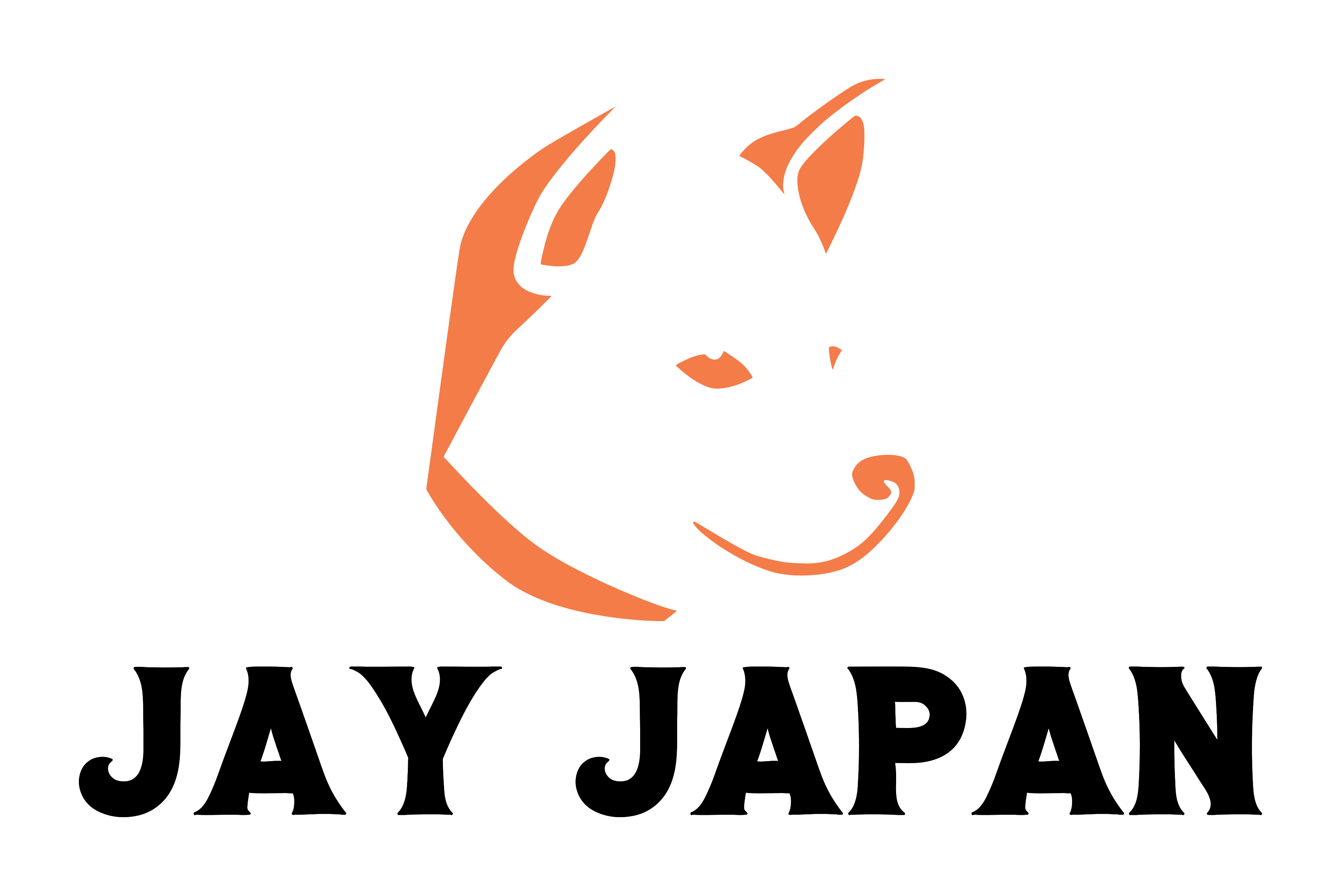



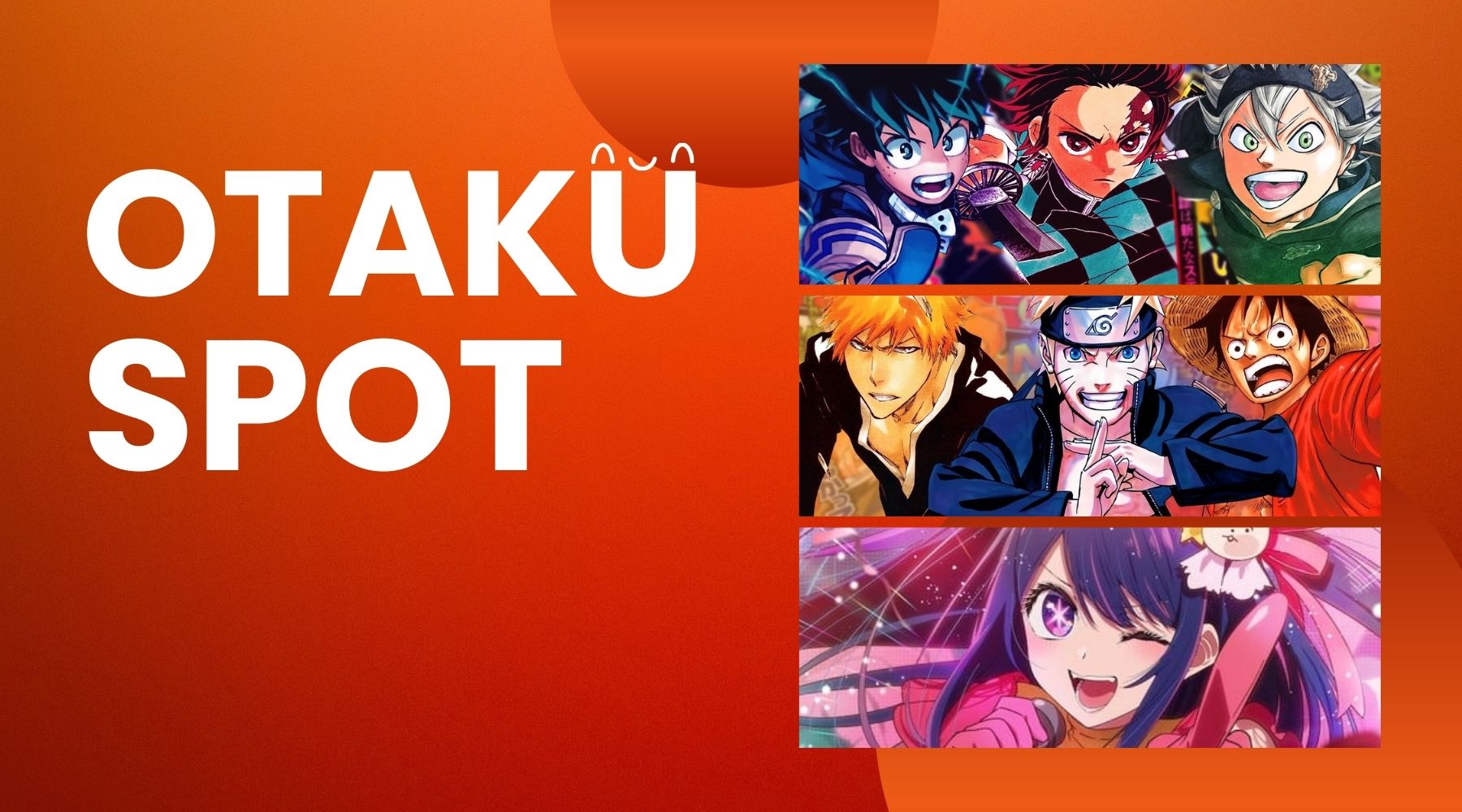
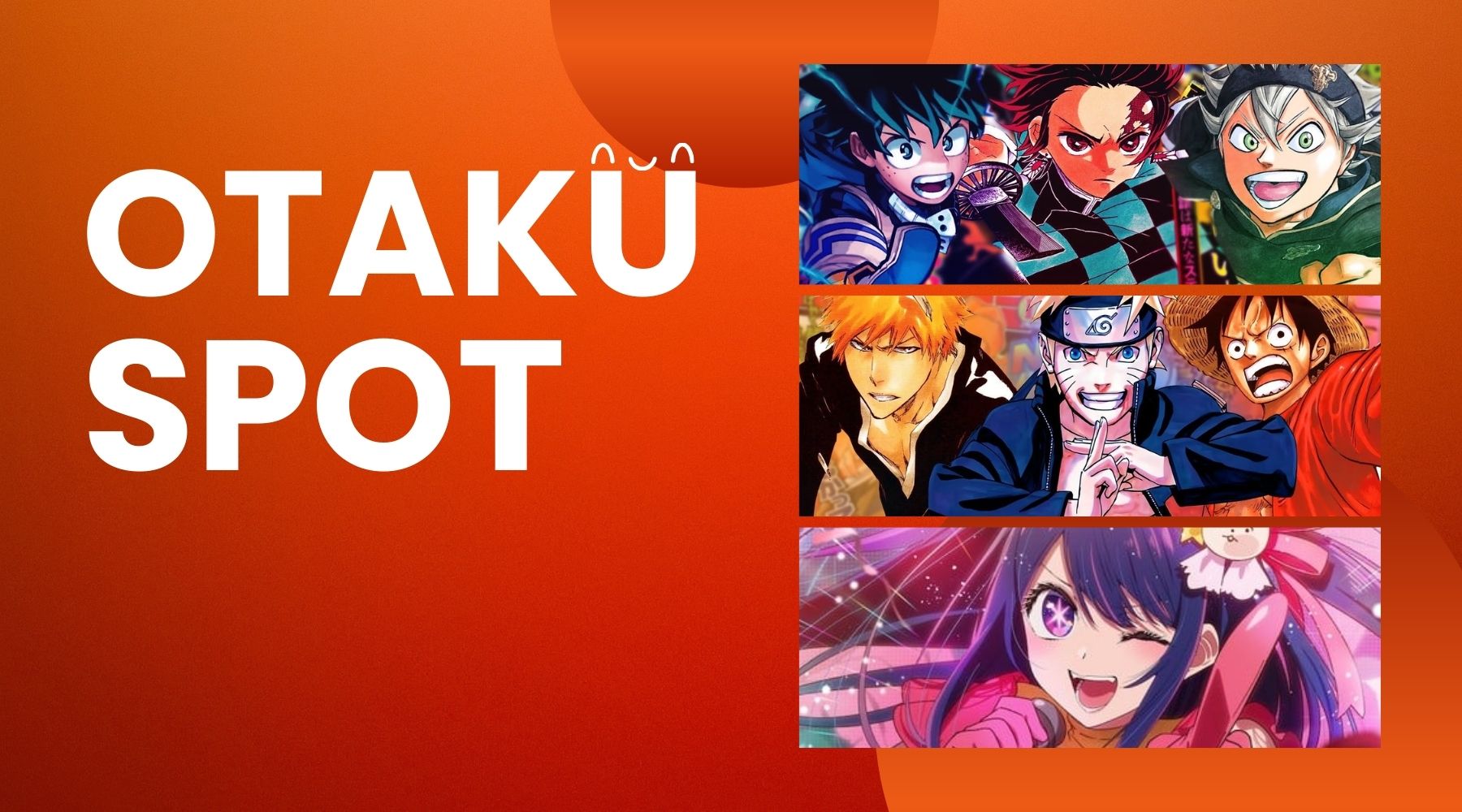
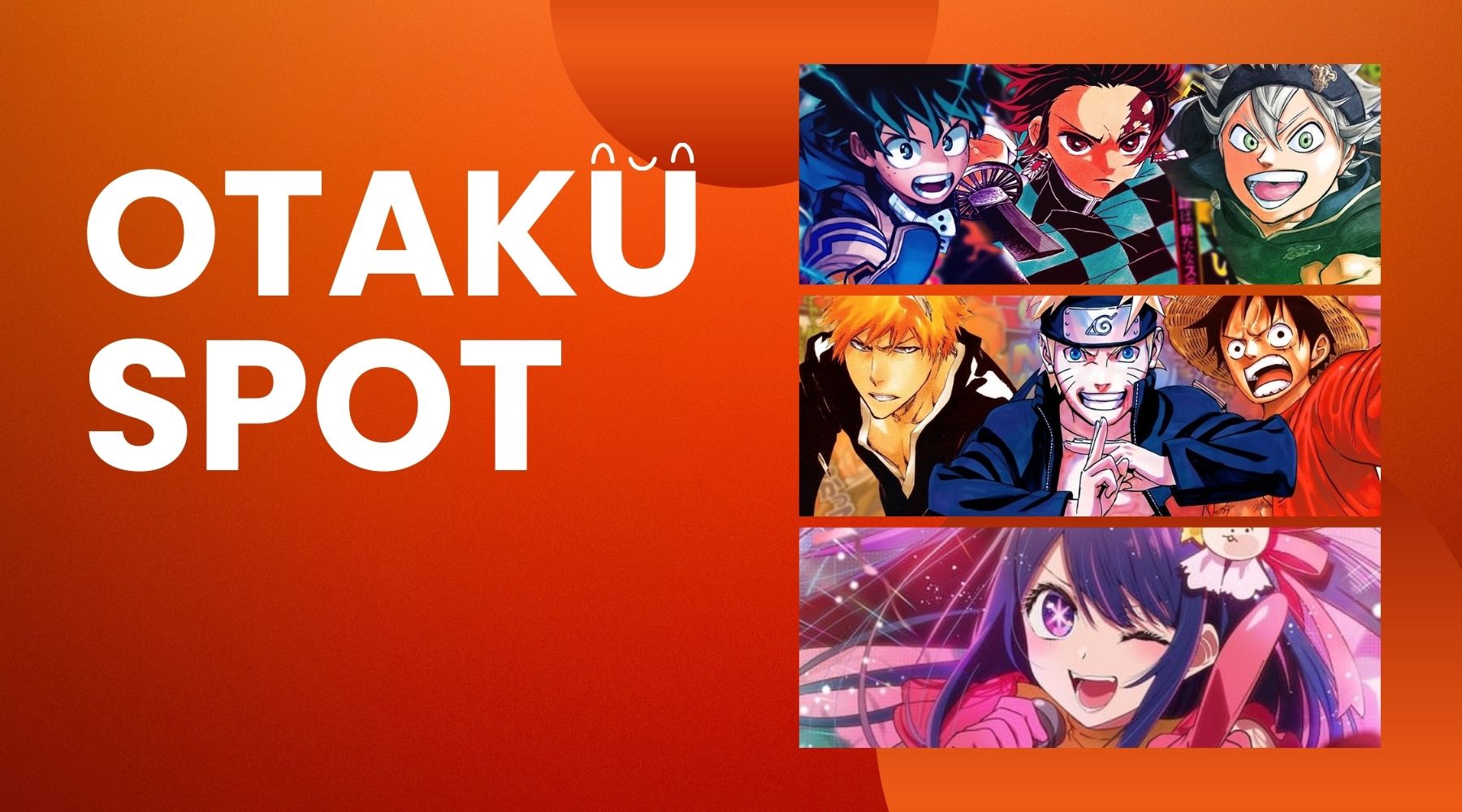
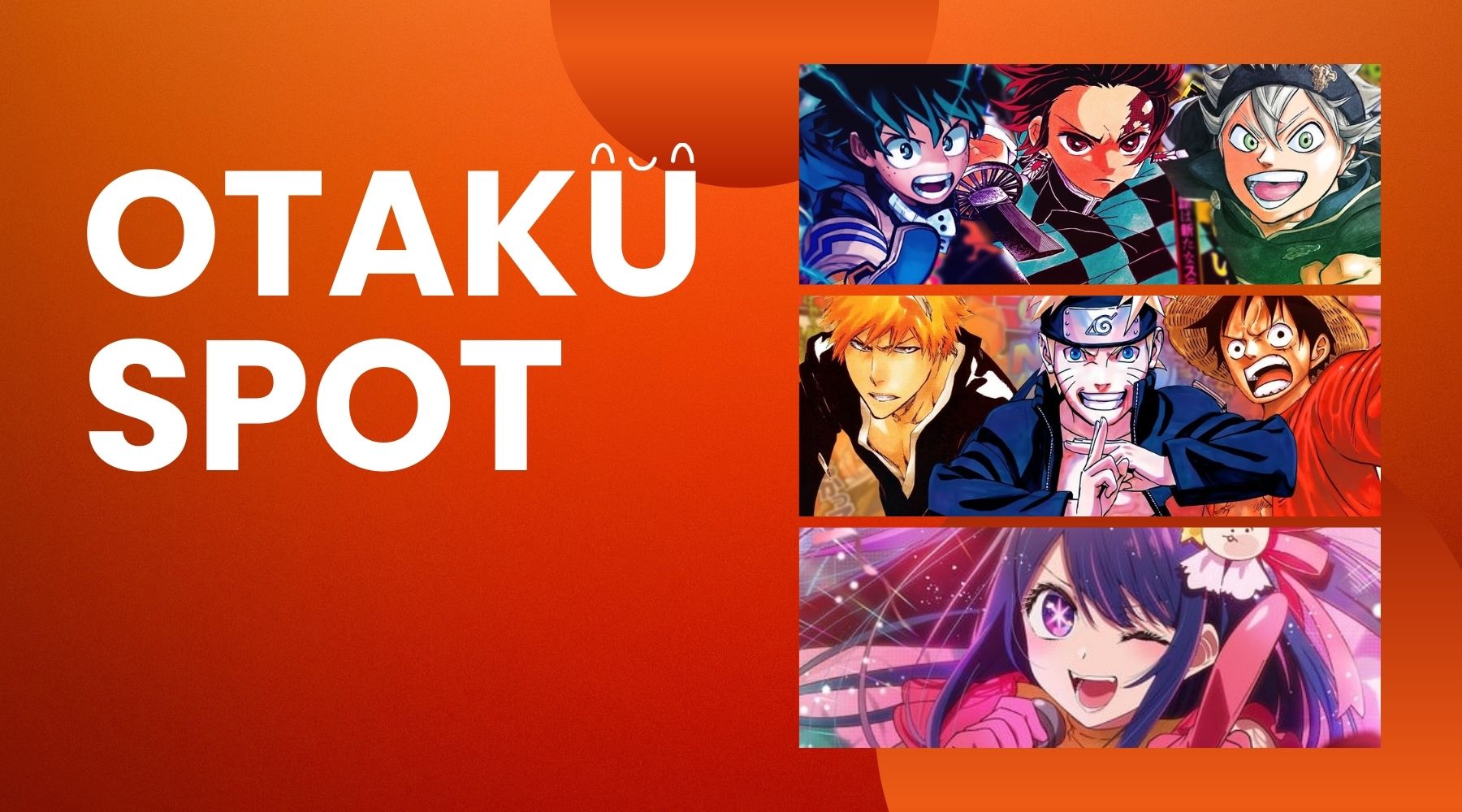
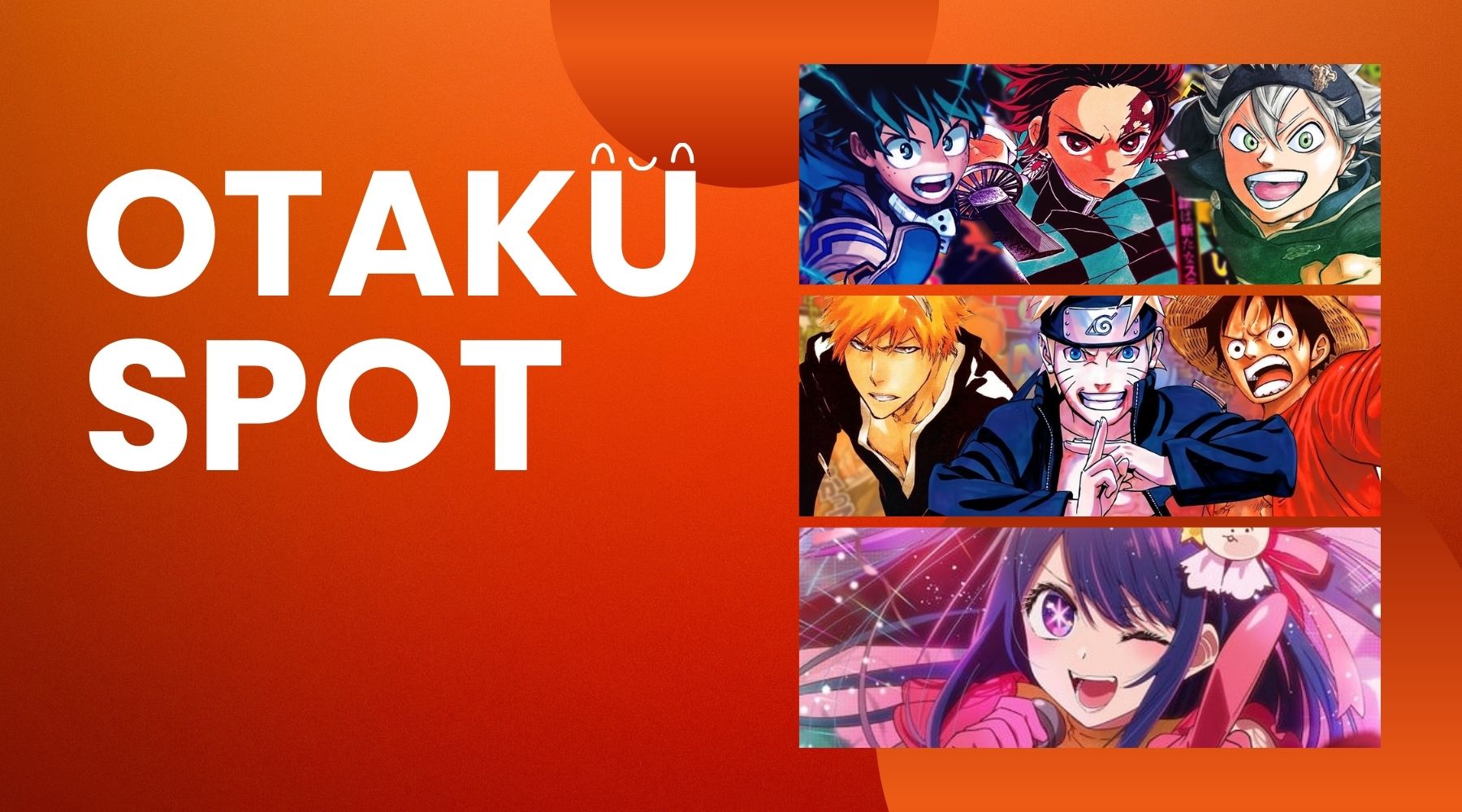
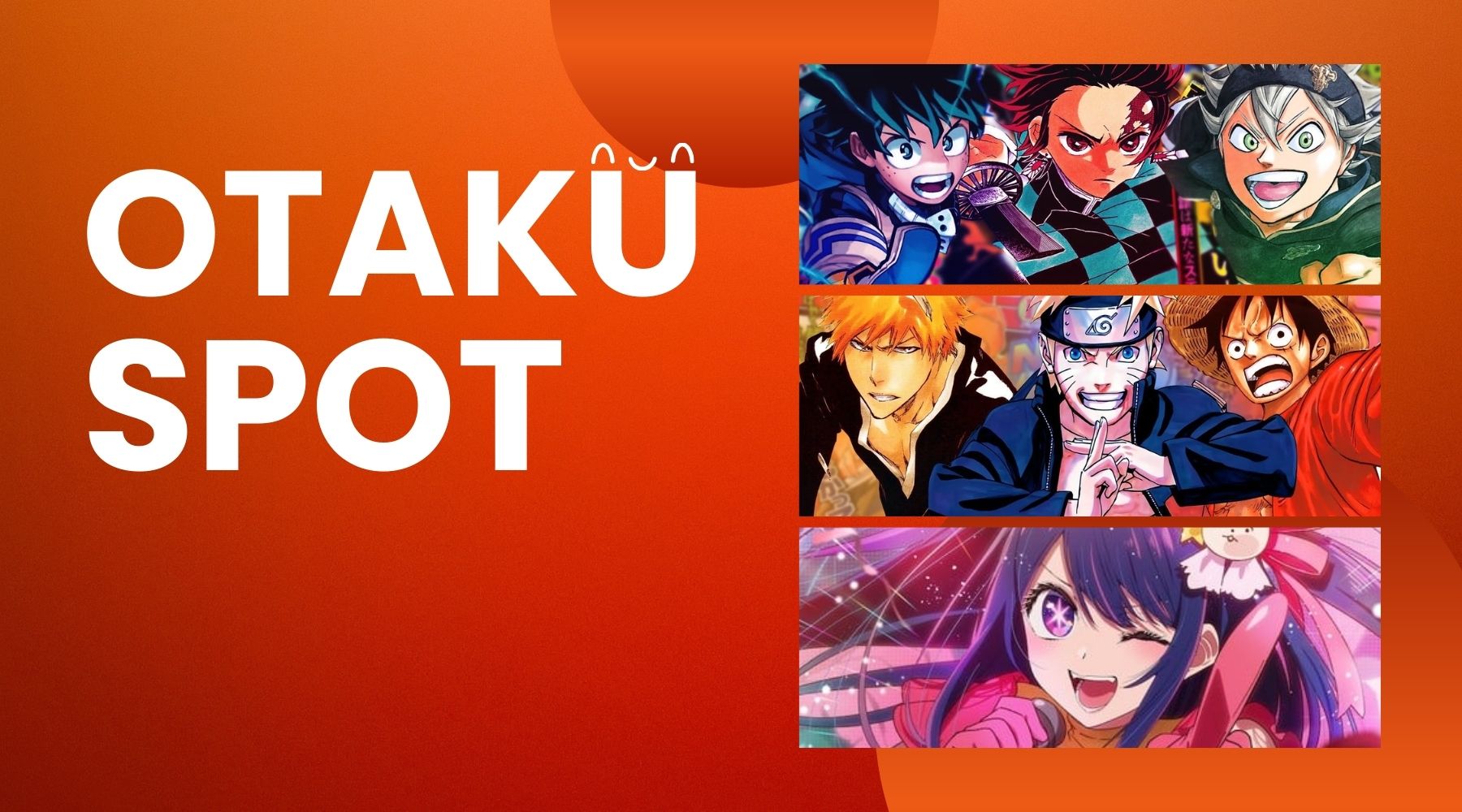
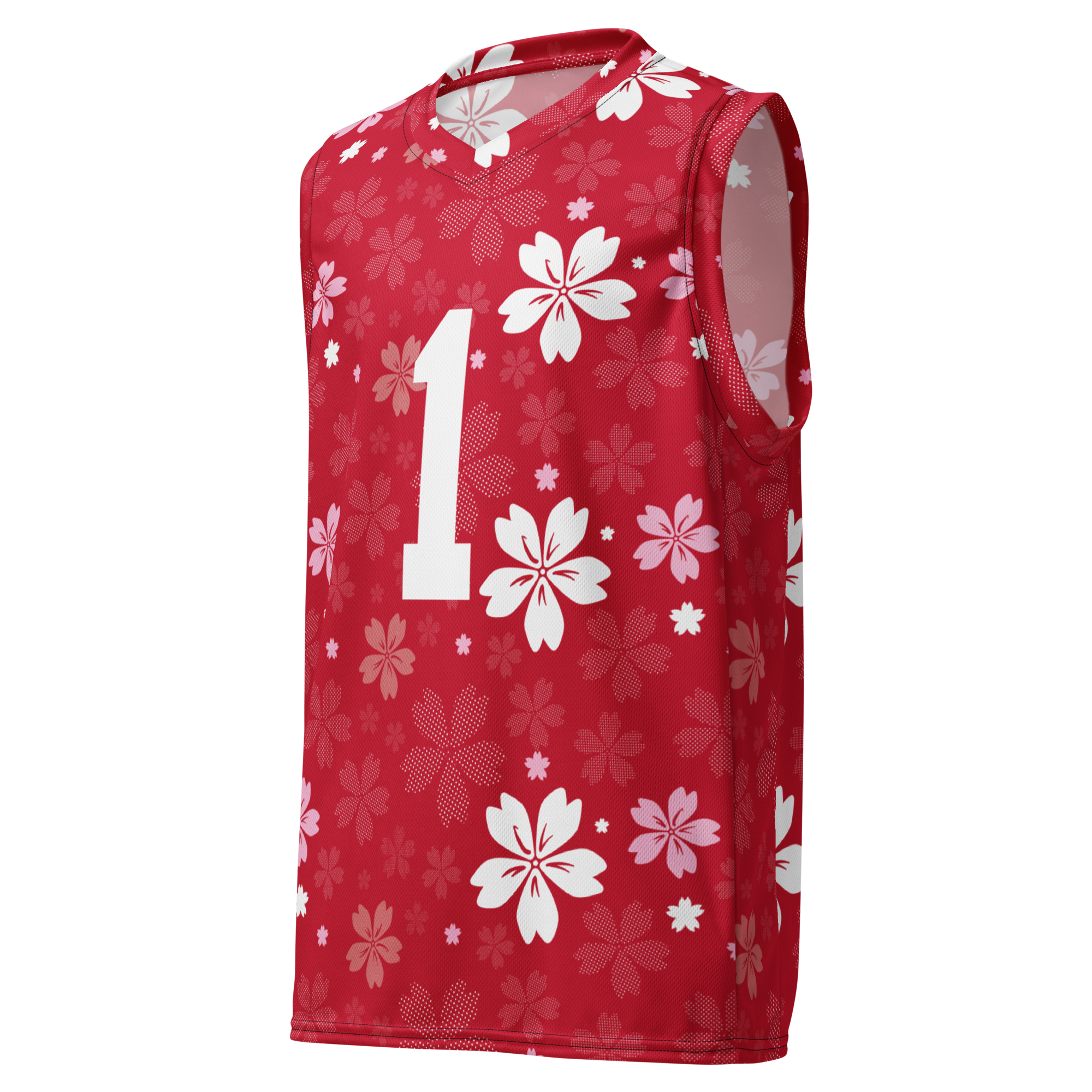
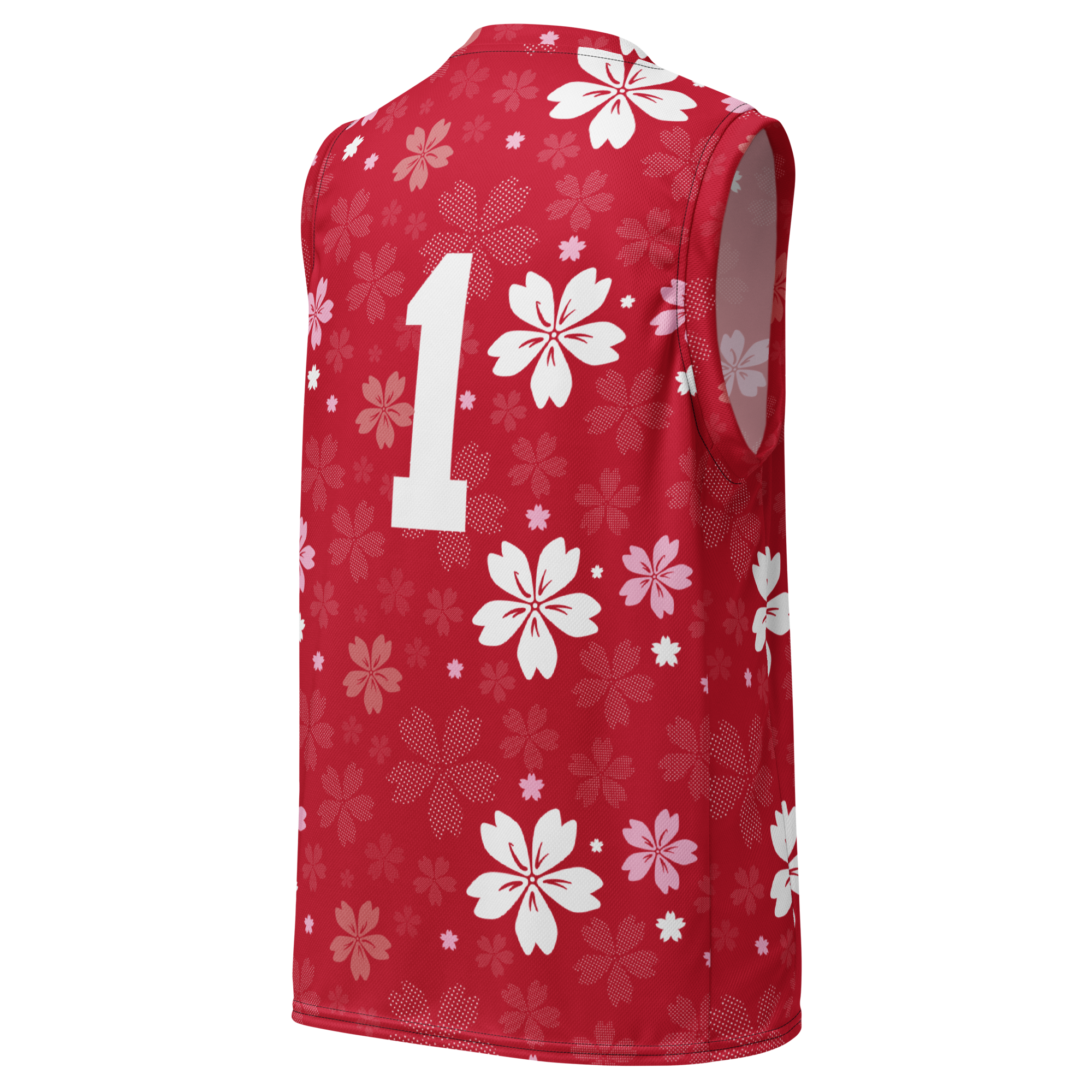
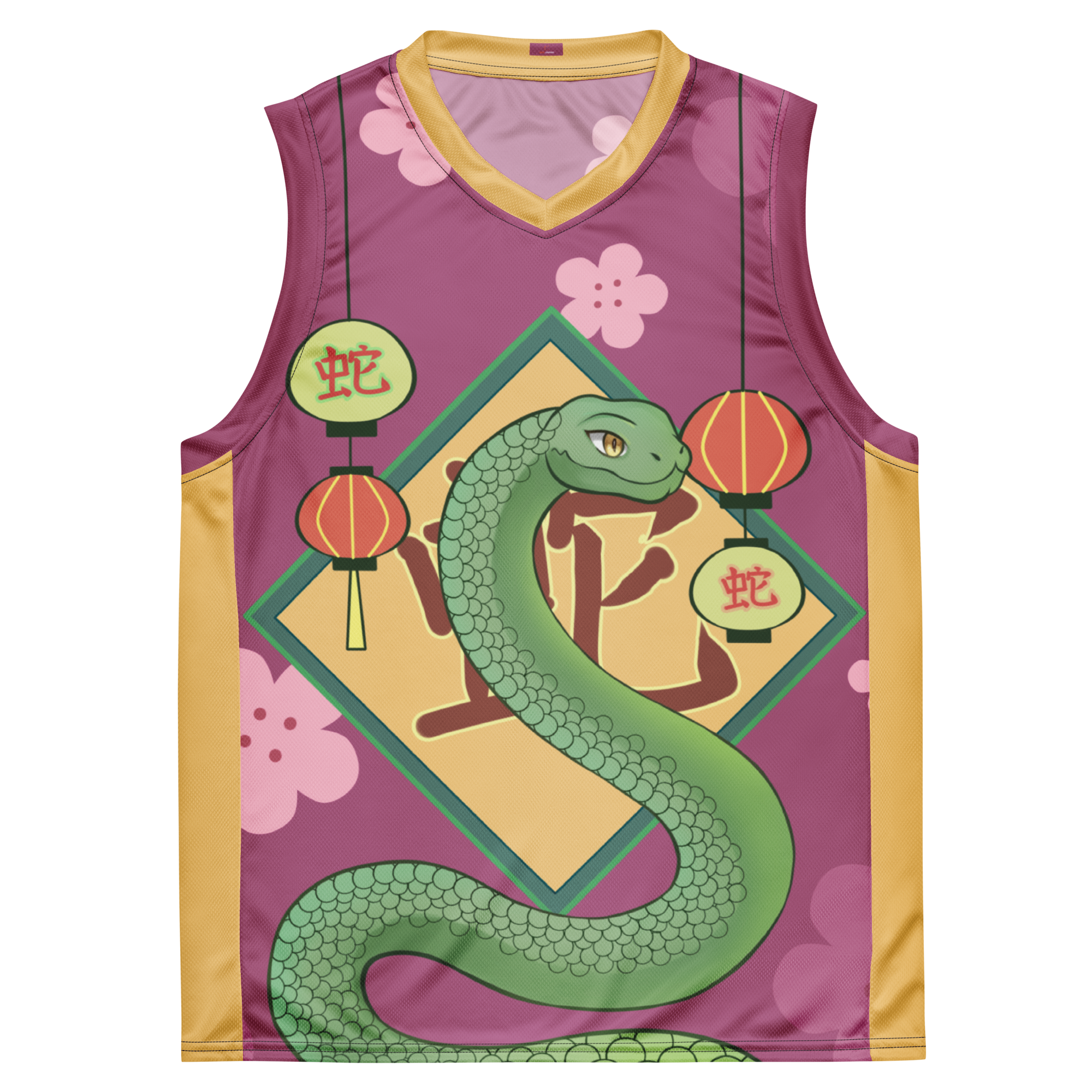
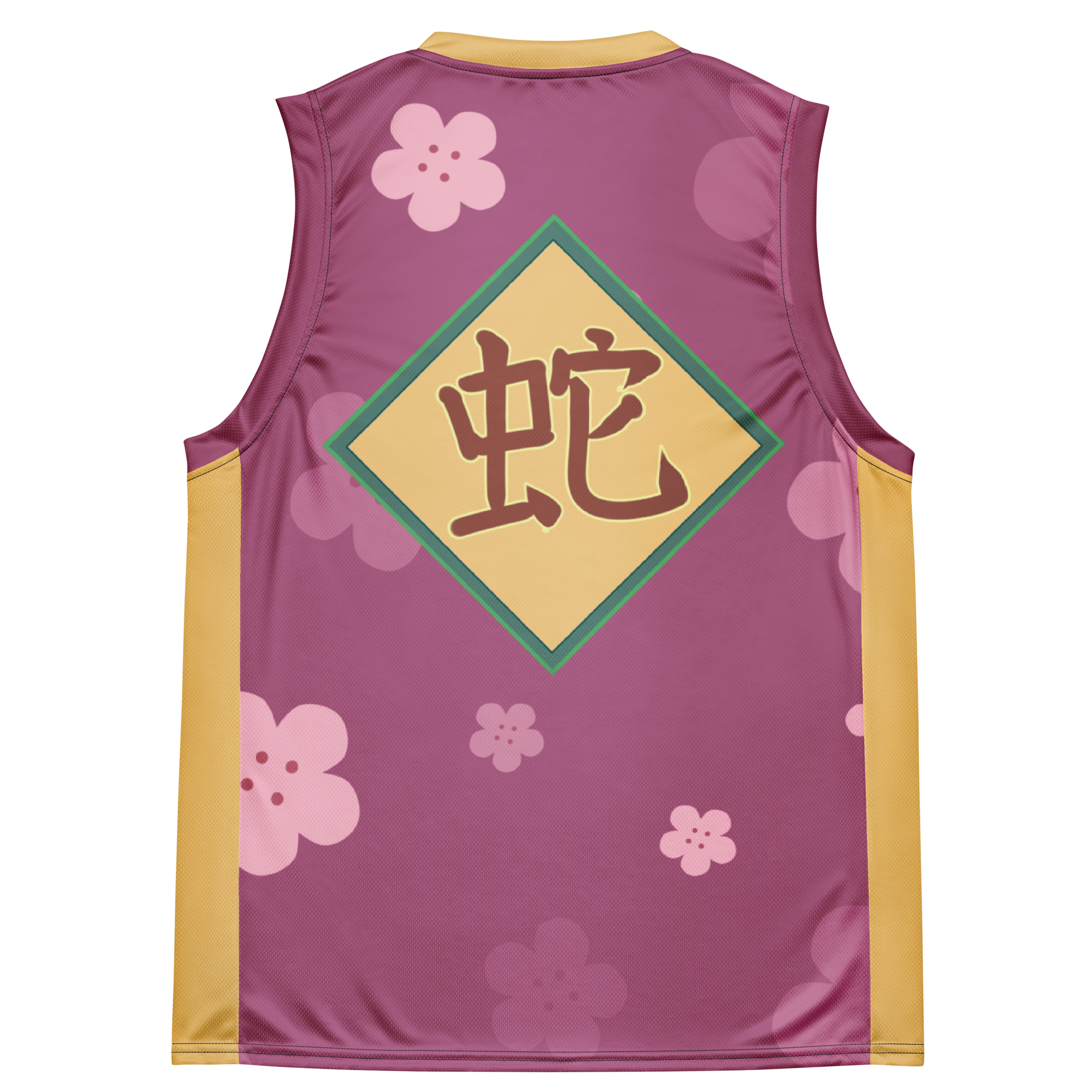
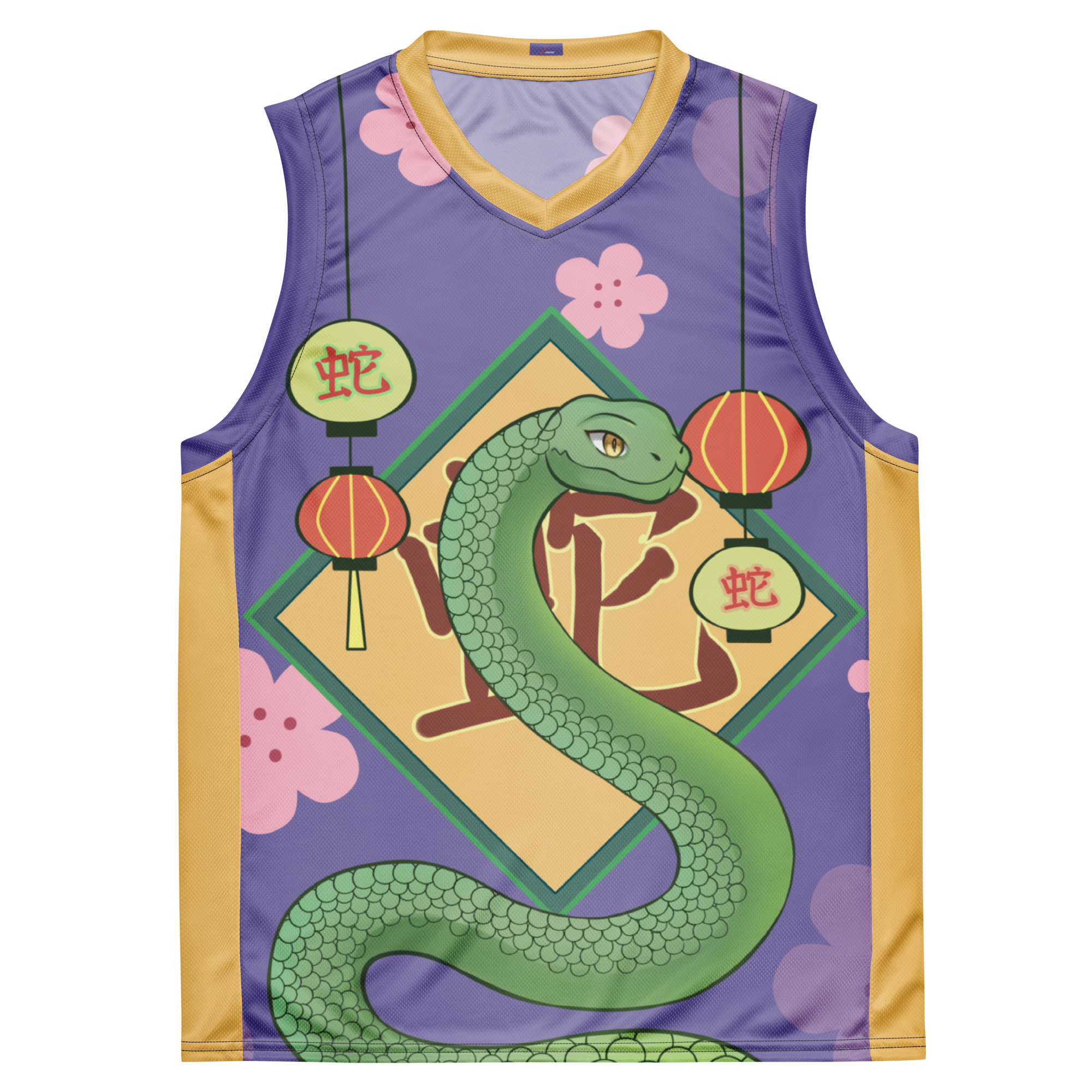
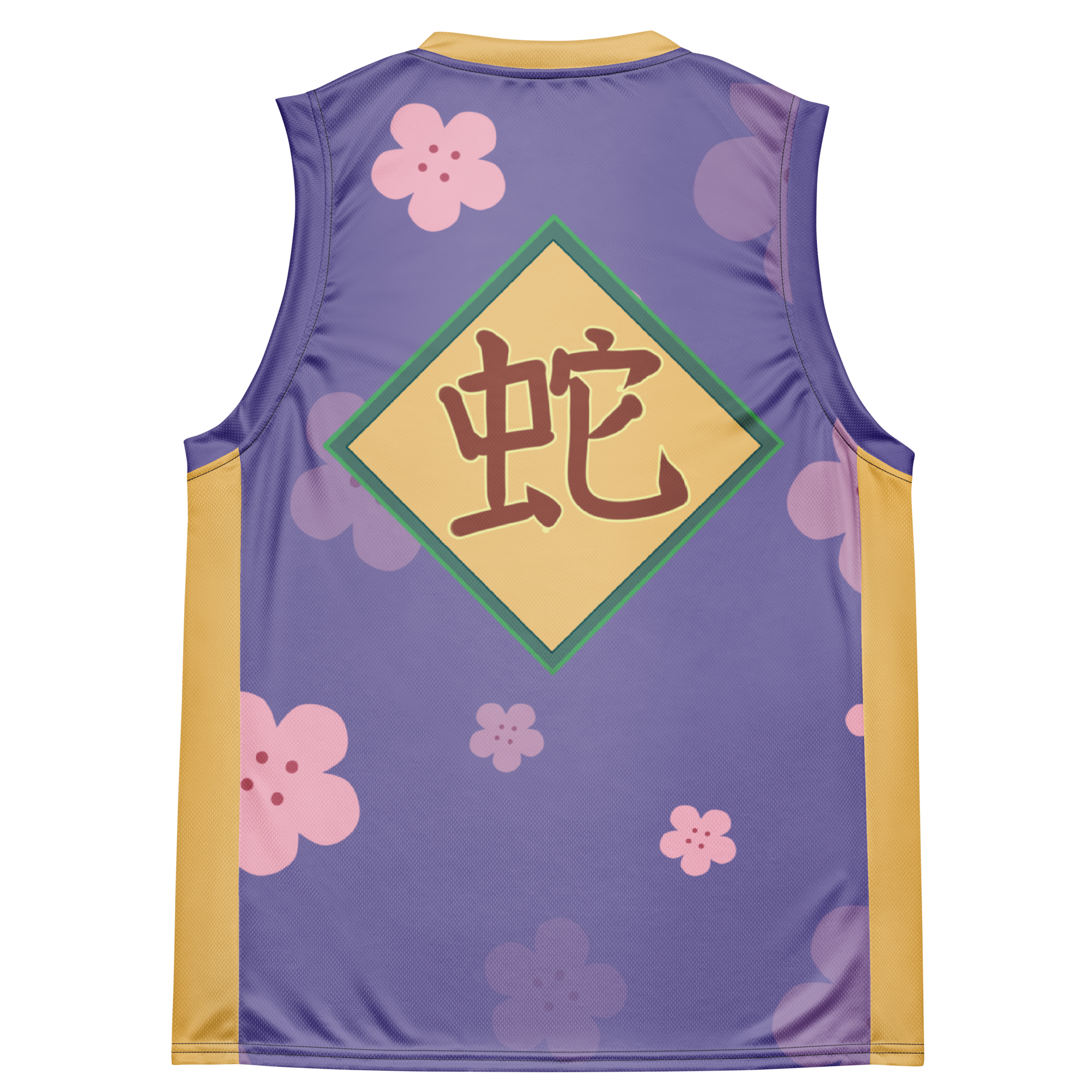
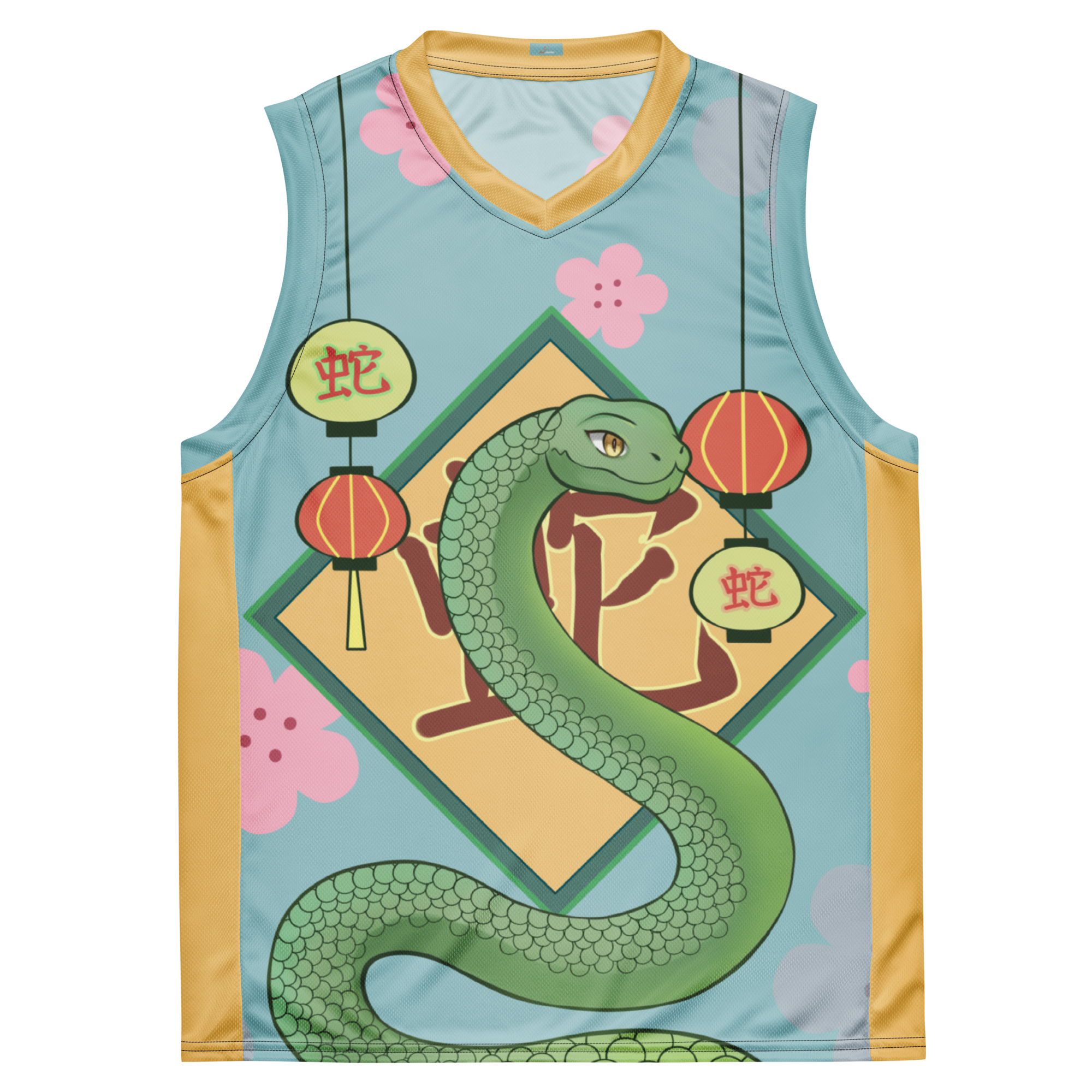
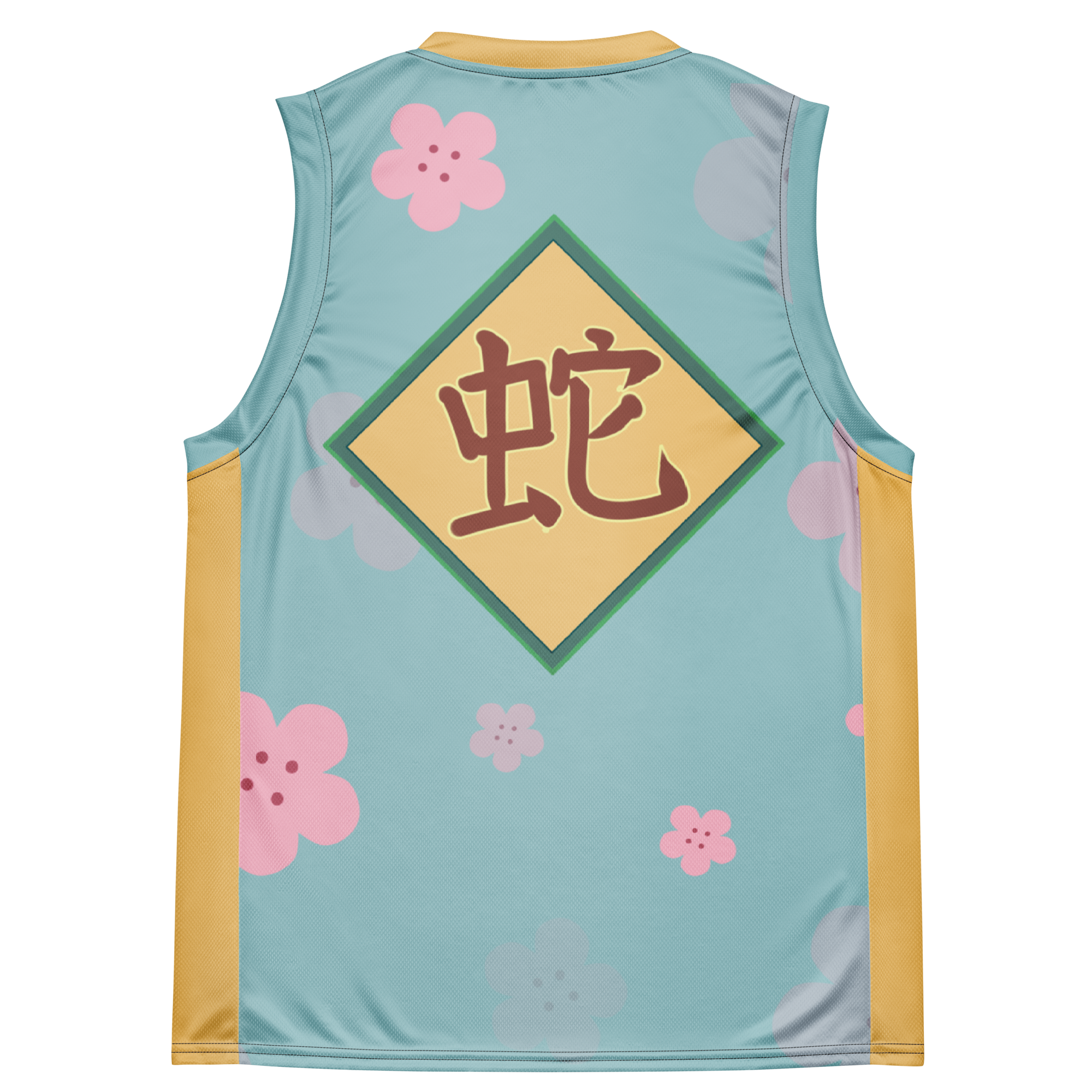
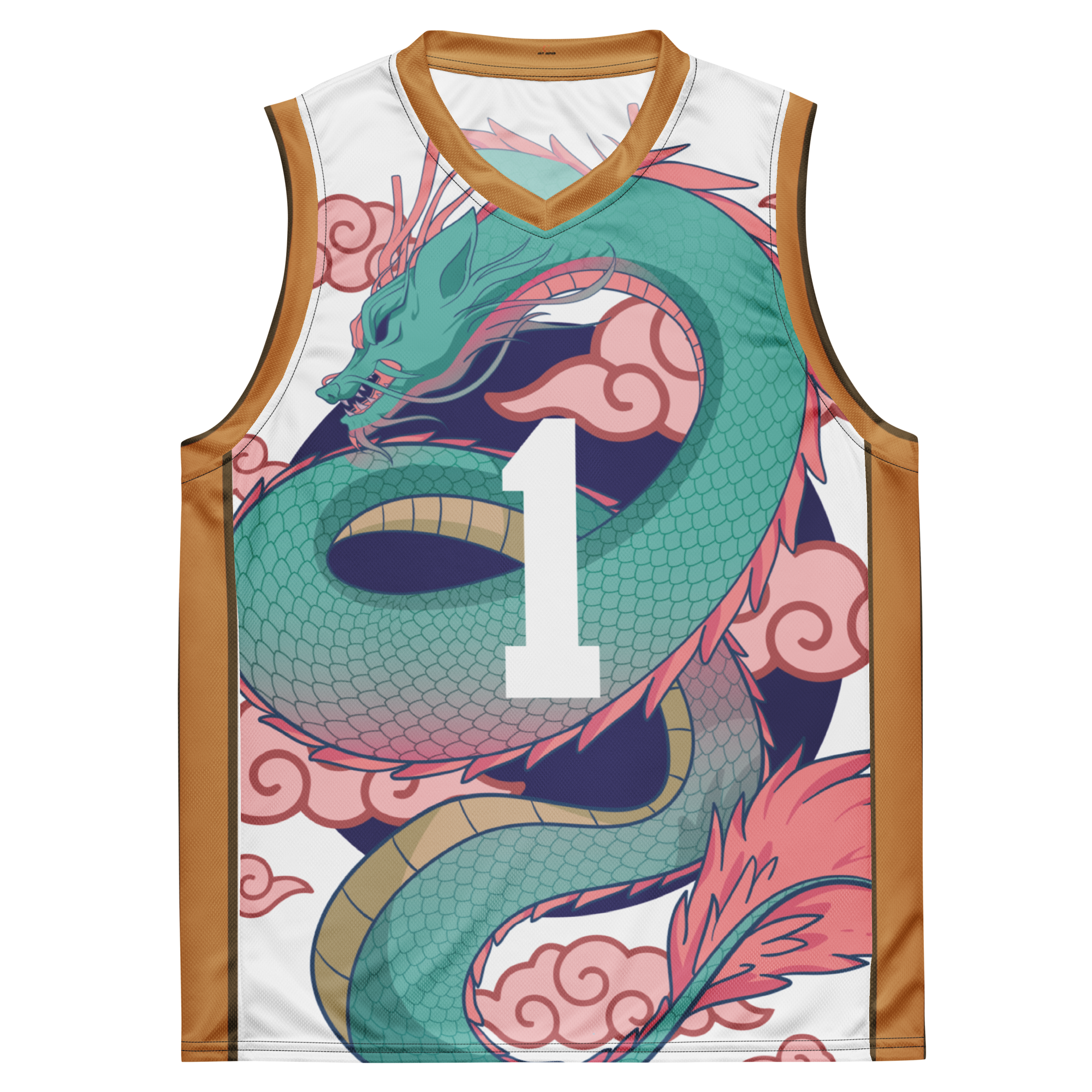
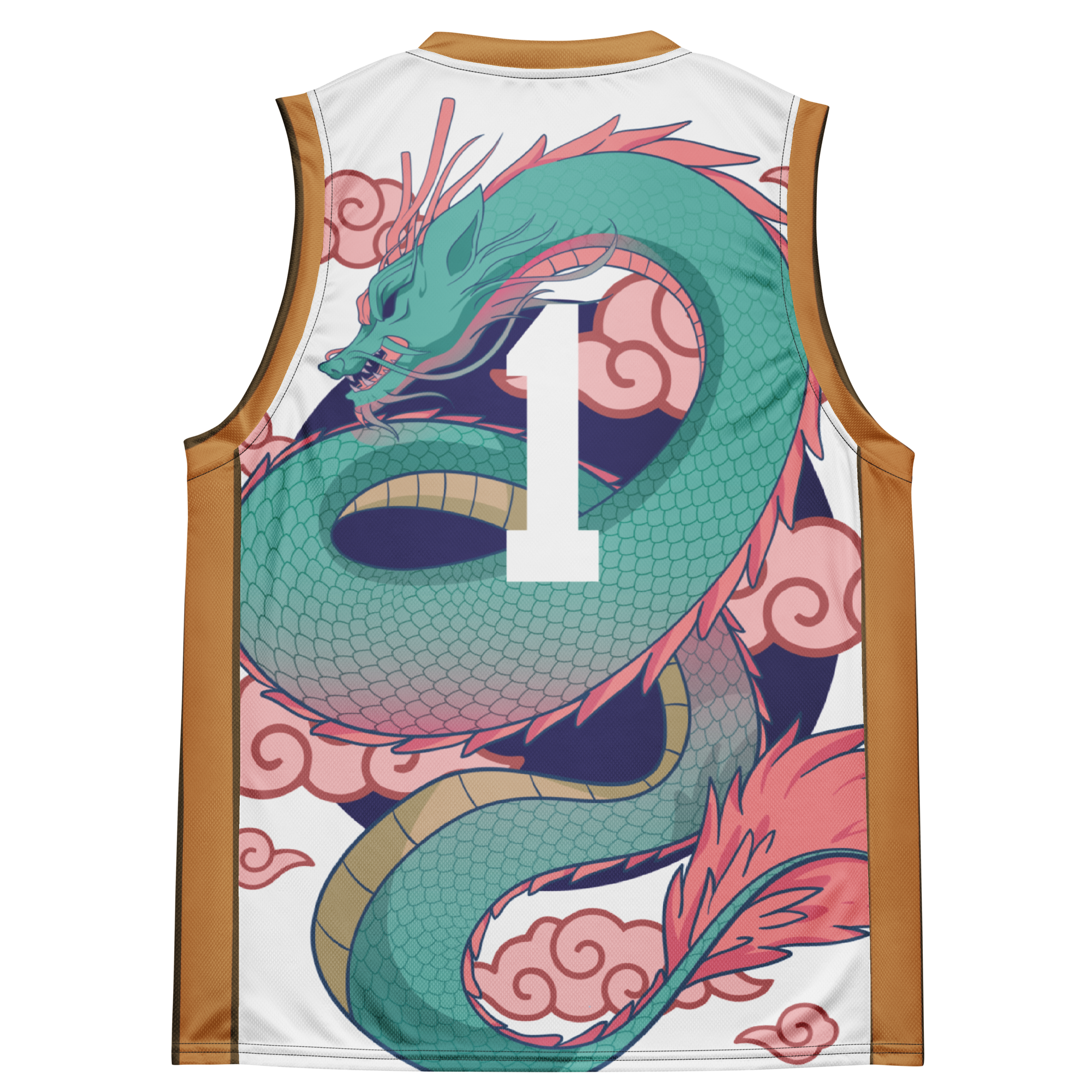
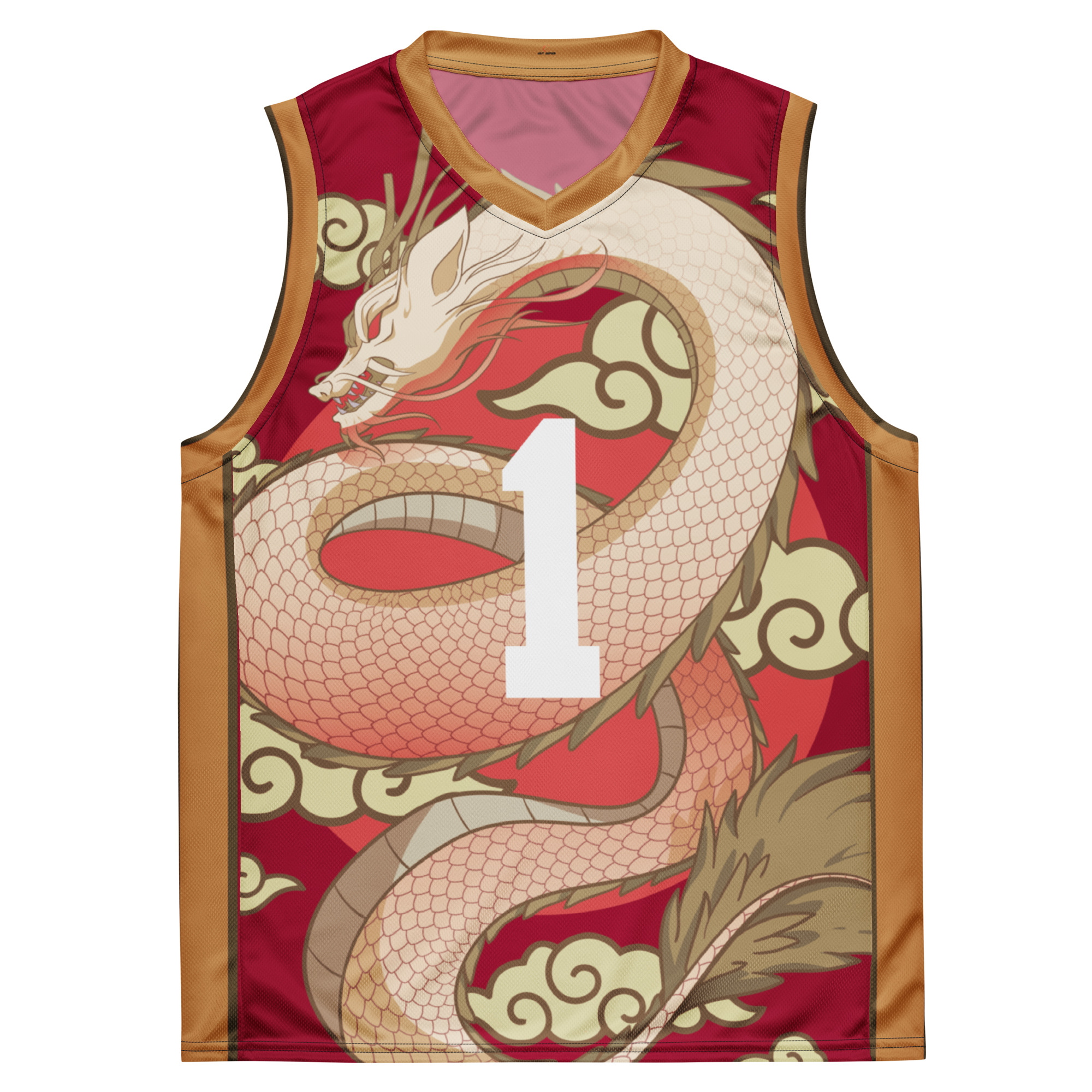
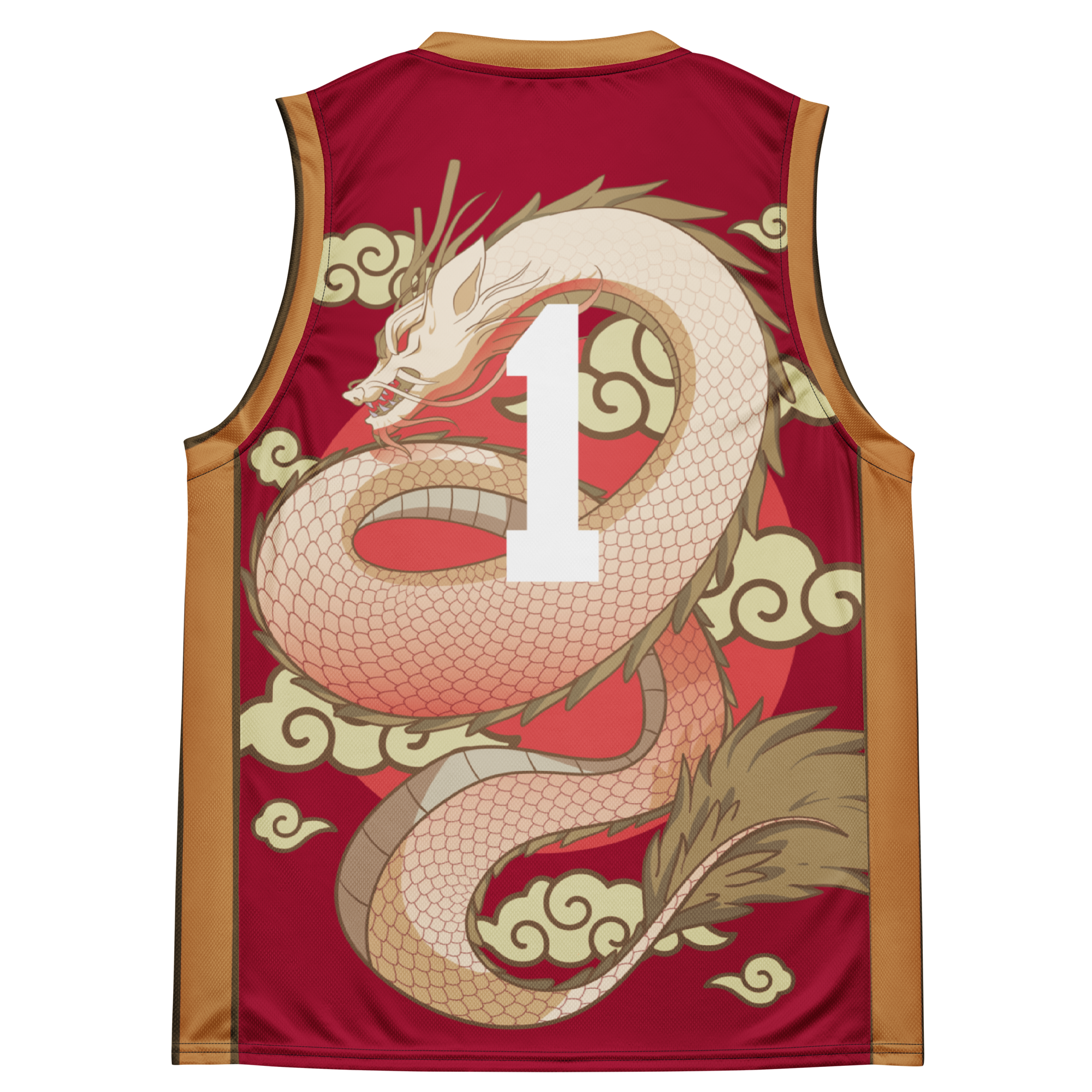
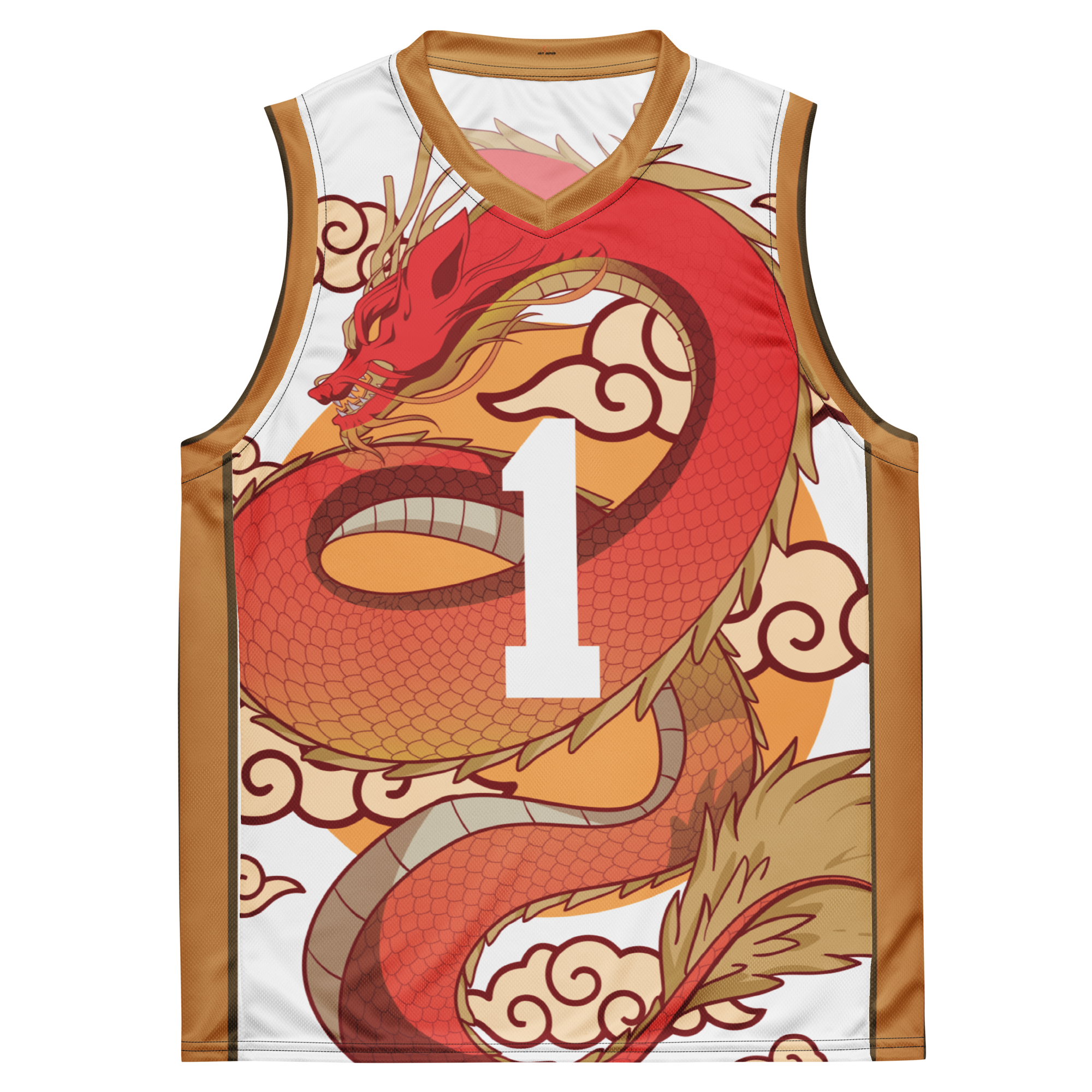
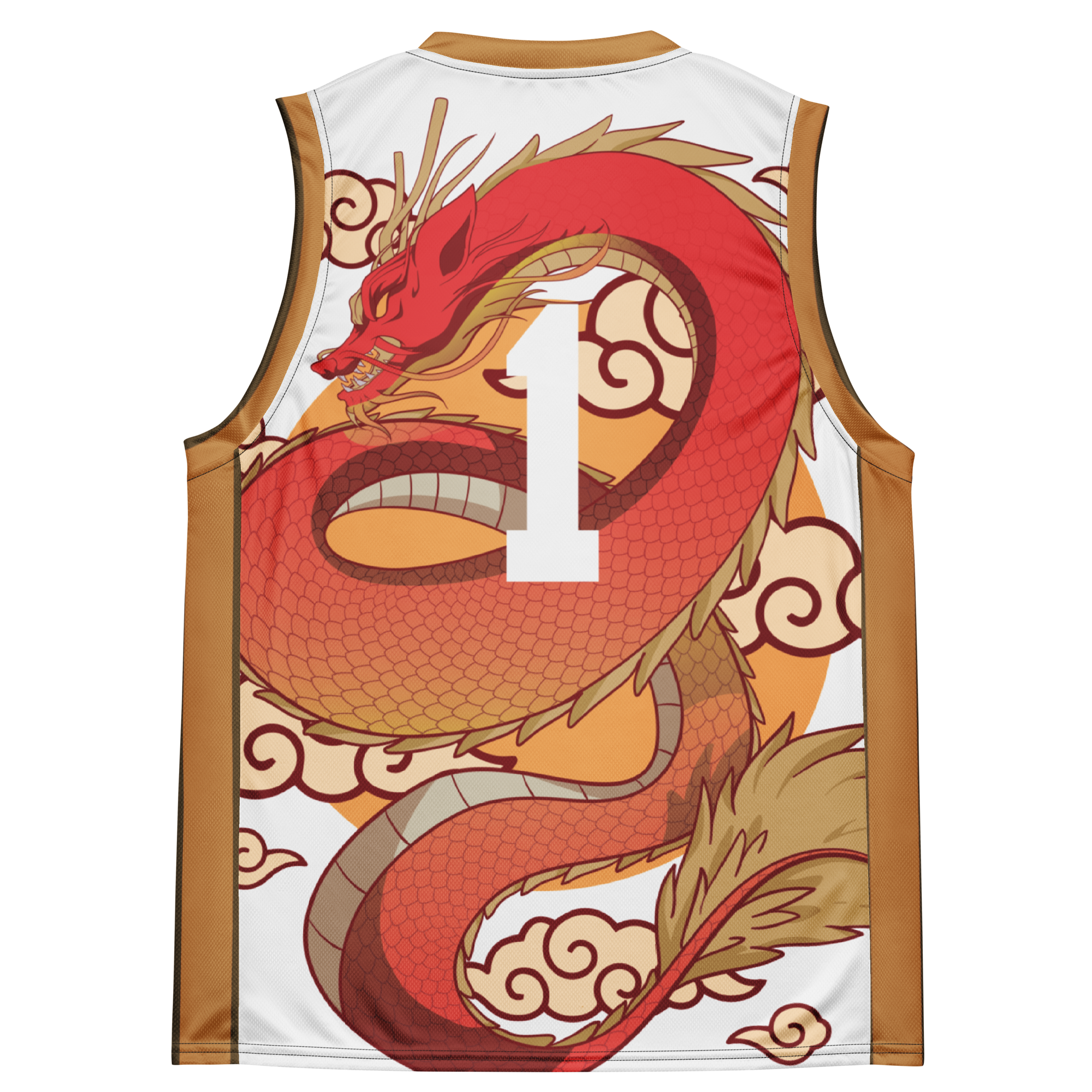
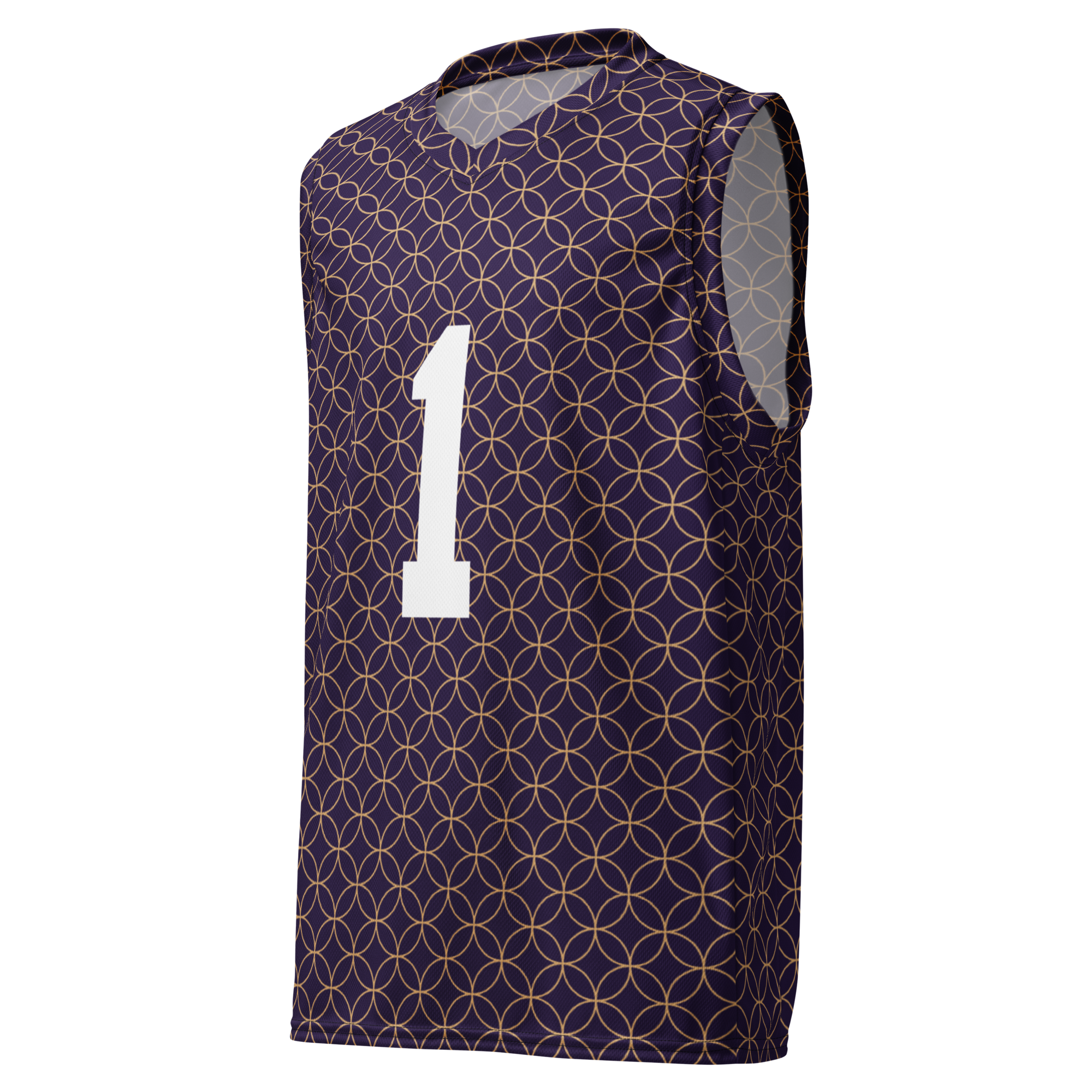
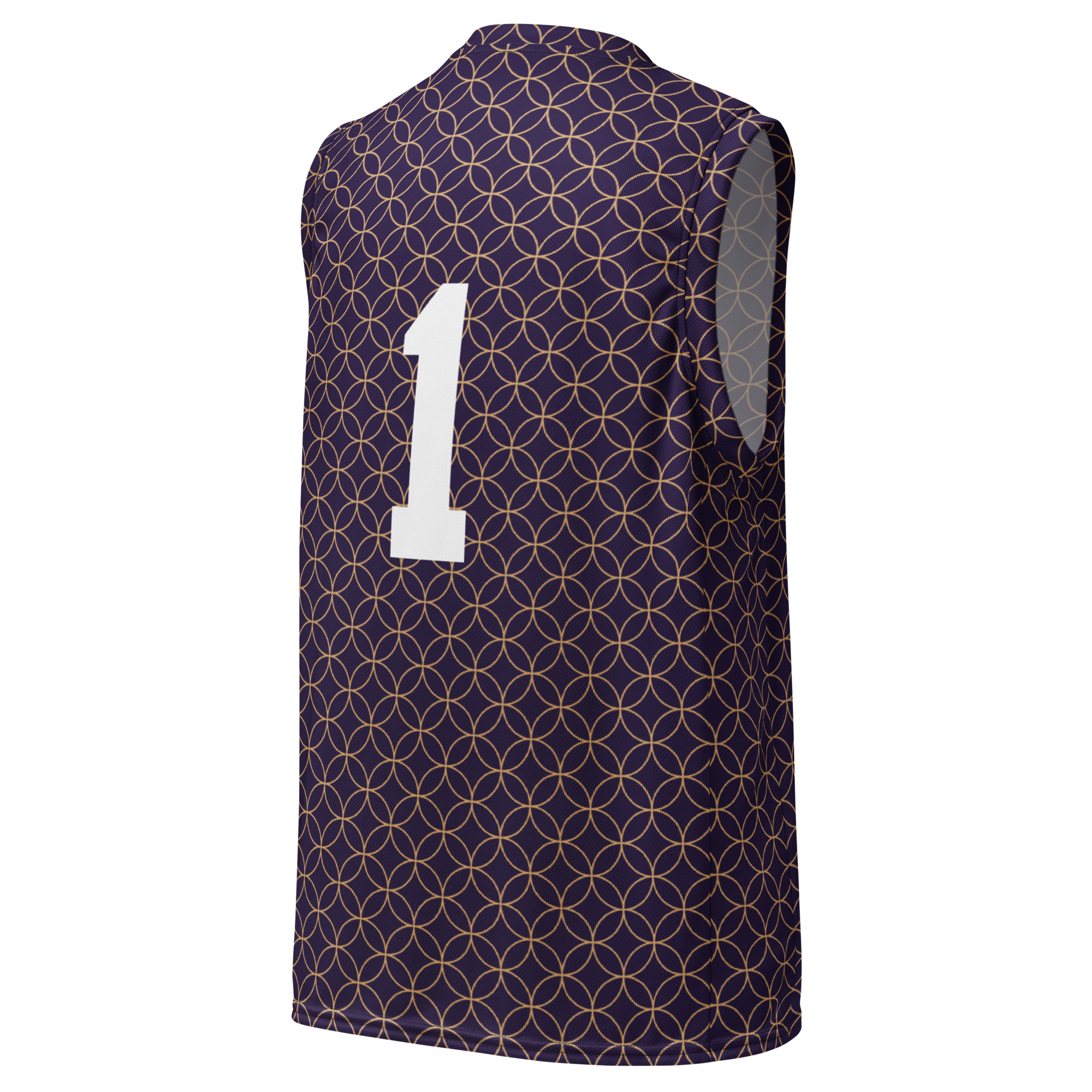


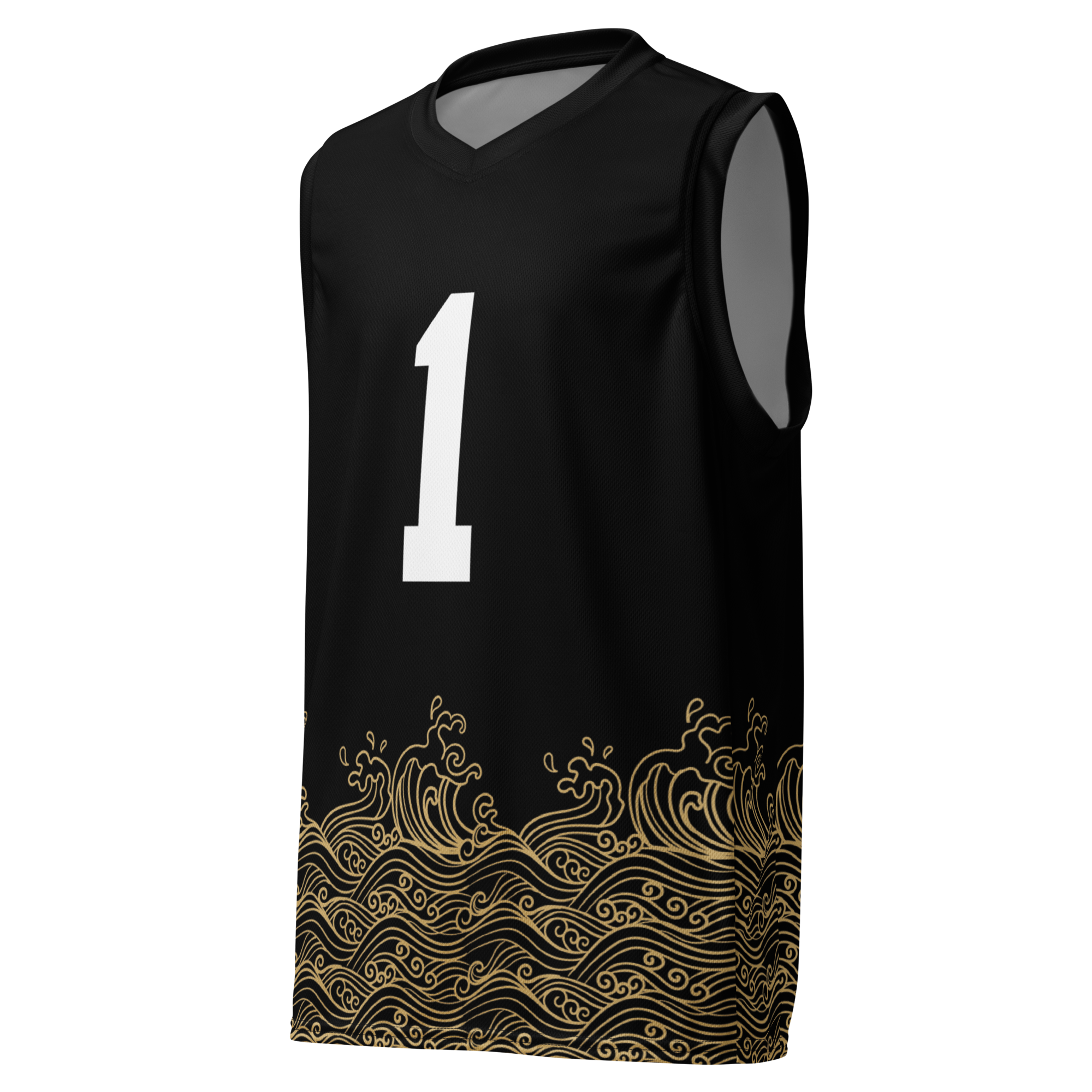
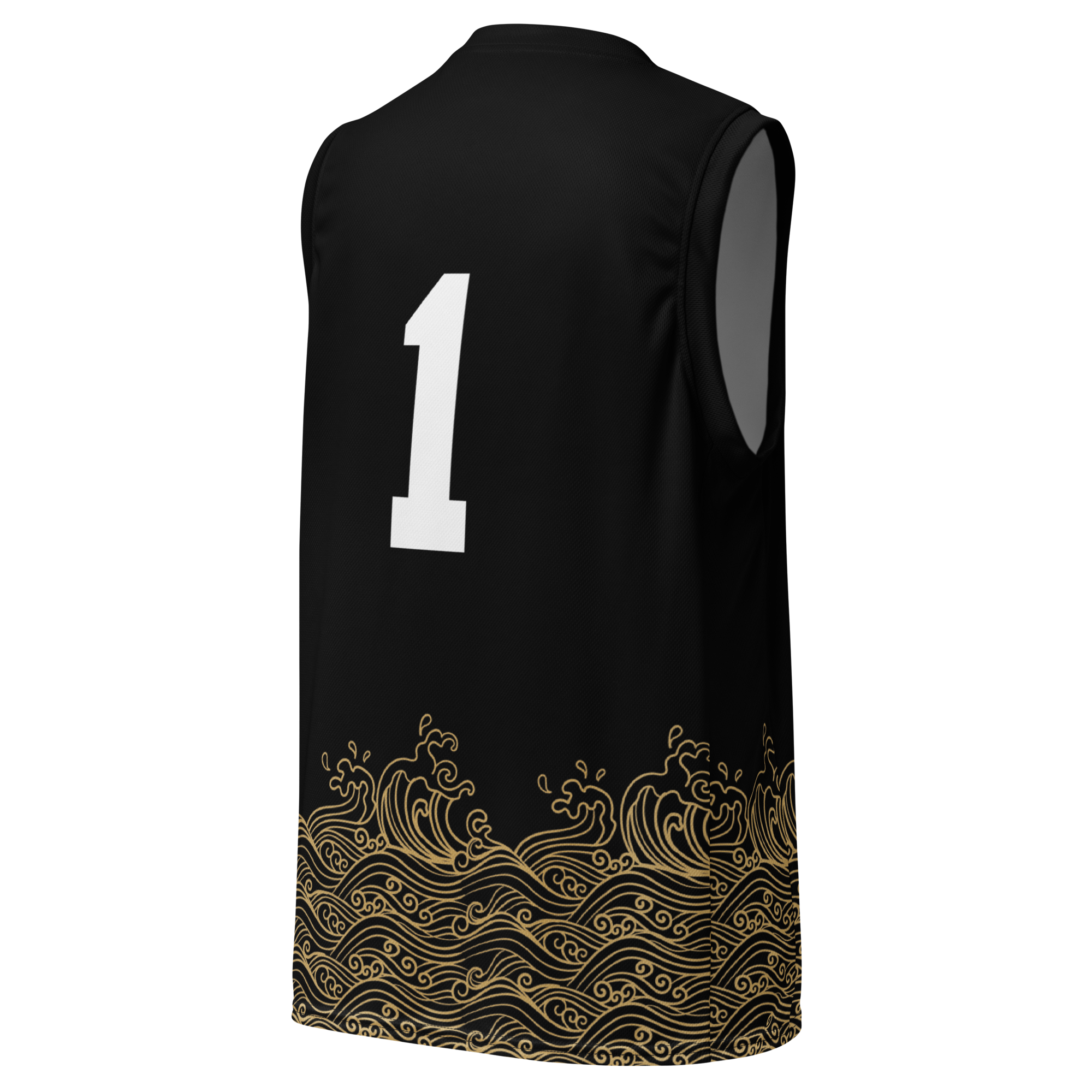
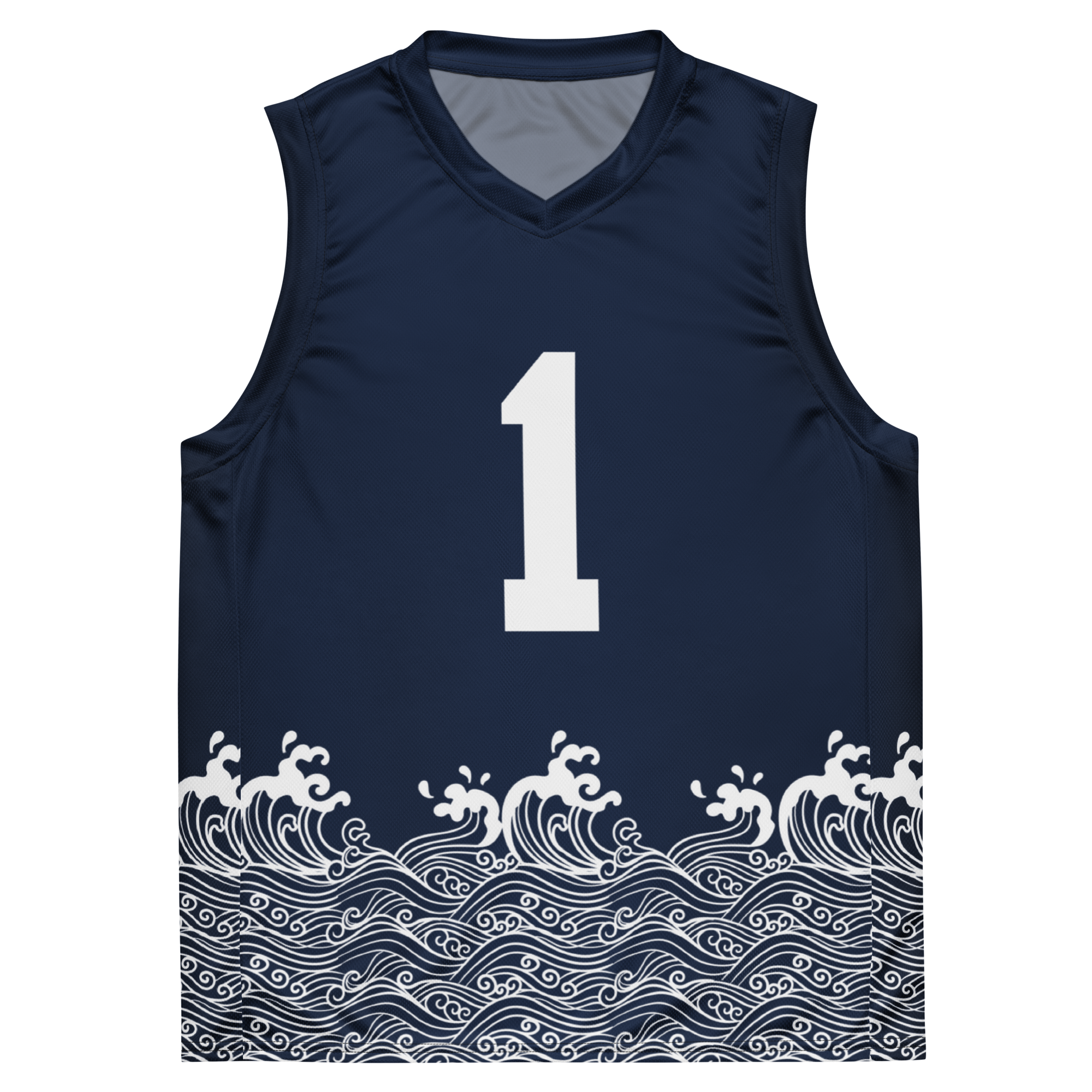

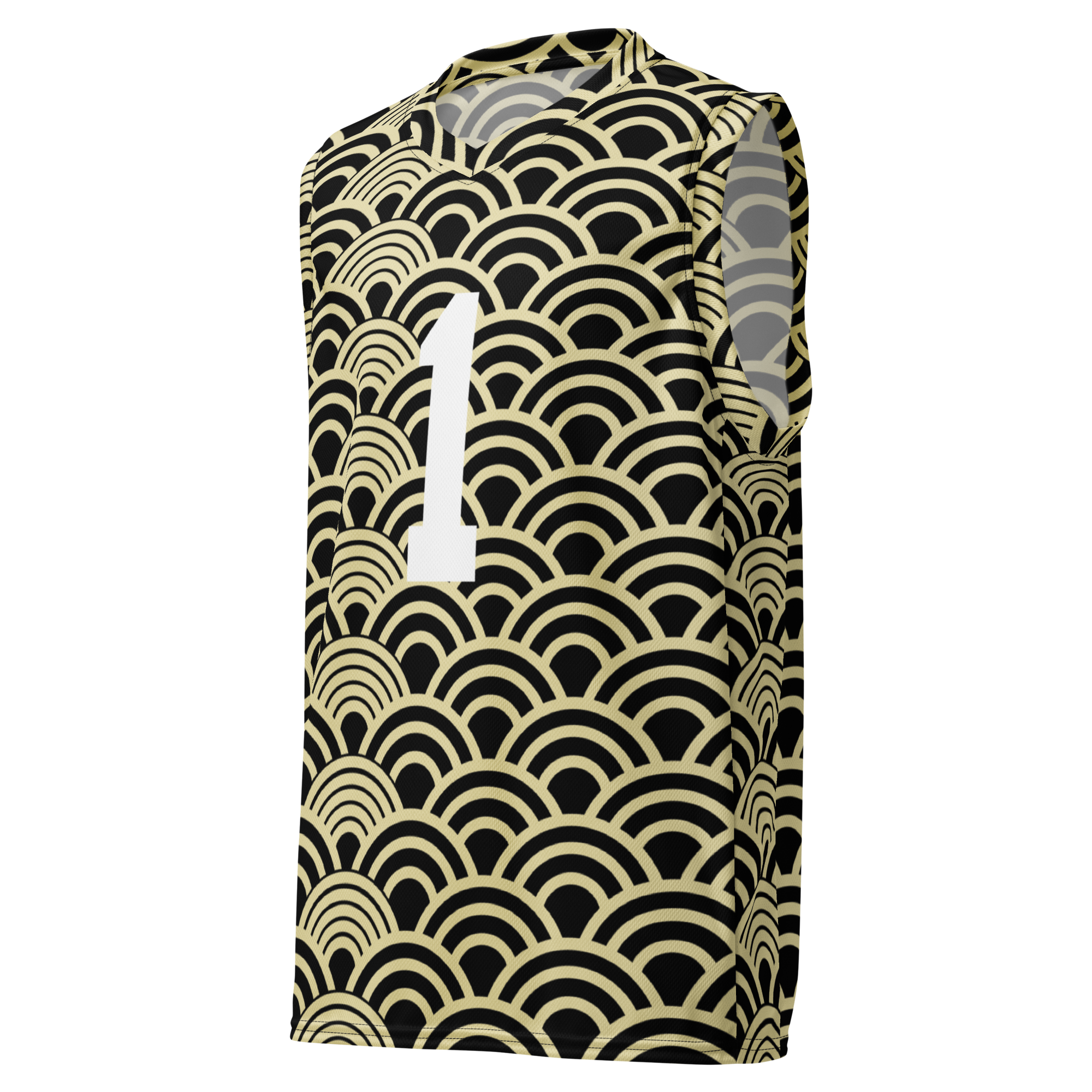
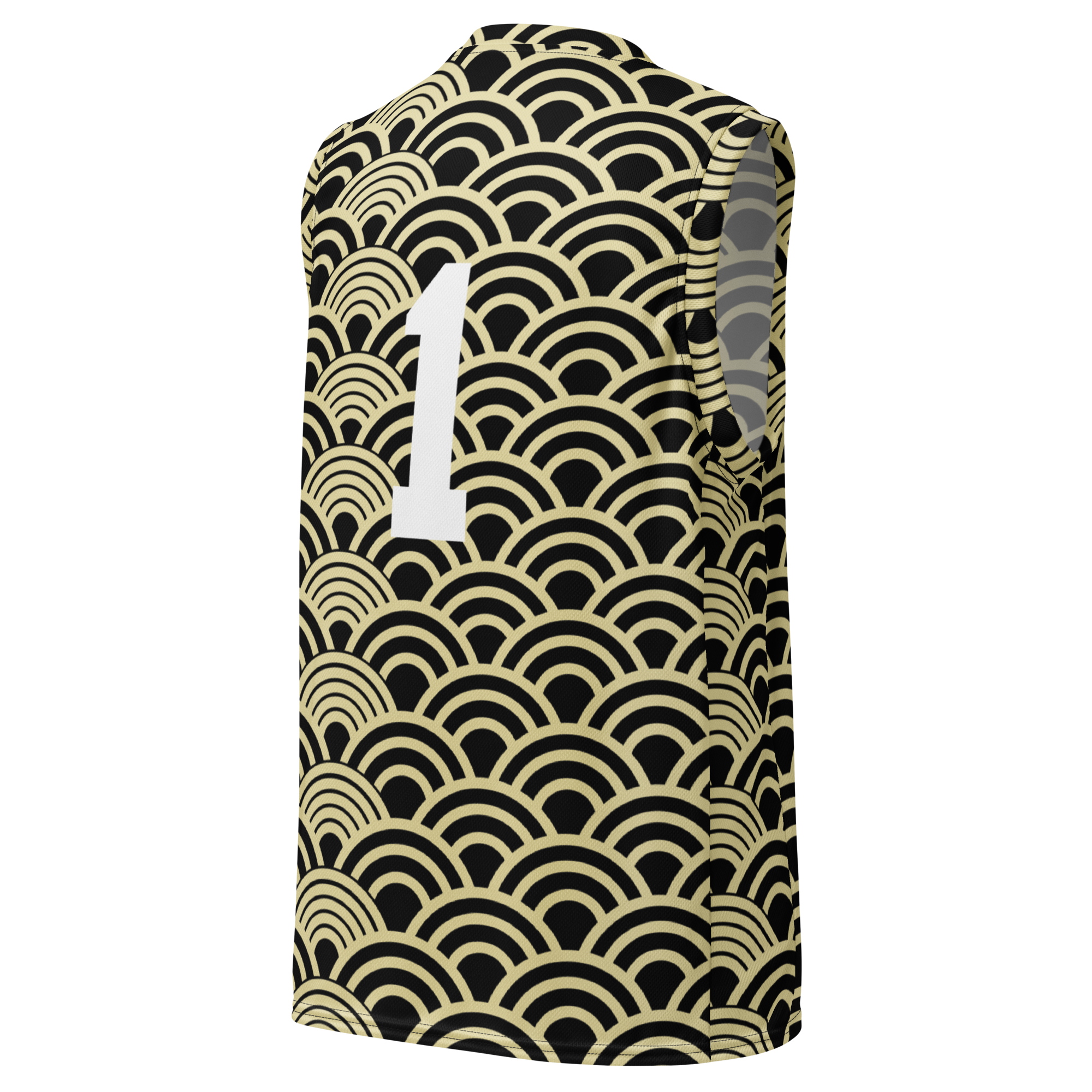
Leave a comment